
Visa and entry requirements Central African Republic:
Passport required
Entry for German citizens is only possible with an appropriate visa. The Central African embassy responsible for Germany is in Paris.
Visa costs: 75 euros
Information from the Foreign Office about your trip to the Central African Republic:
https://www.auswaertiges-amt.de/de/zentralafrikanischerepubliksicherheit/226450
The Central African Republic is a landlocked country in central Africa with almost five million inhabitants. The state borders Chad in the north, Sudan in the northeast, South Sudan in the east, the Republic of Congo and the DR Congo in the south and Cameroon in the west. The official languages of the country are French and Sango and the national currency is the CFA franc BEAC, 1 euro corresponds to around 655 XAF.
Most of the Central African Republic lies on a 600 meter high plateau. There is a tropical climate throughout and the vegetation is mainly determined by different savannahs. The highest point in the country is Ngaoui at 1,420 meters. The last lowland gorillas and forest elephants live in the tropical rainforest in the south. The animal world also includes antelopes, buffaloes, monkeys, hippos, monitor lizards and various bird species.
The country in central Africa is considered the poorest country in the world according to the Human Development Index. Almost half of the population is under 16 years old and life expectancy is also the lowest in the world at an average of just 49.5 years.
The number of illiterate residents is almost 82%, a high proportion are infected with HIV/AIDS and two thirds of all people living there are undernourished. Almost half of all 6 to 15-year-old children have to do work there; unfortunately, there is still an enormous amount of child trafficking in the country today.
The country's largest cities include Bangui, Bimbo, Mbaiki, Berberati, Kaga-Bandoro, Carnot, Bozoum and Sibut.
Agriculture is the largest economic sector in the Central African Republic, although only a small area of the national territory is used for it. Tobacco, cotton, sisal and coffee are mainly grown for export, while corn, millet, cassava and yams are only grown for domestic use. The country's main exports are diamonds and timber, which account for nearly 751T3T of government revenue. Industry is not very developed there and tourists are rare.
The capital and largest city of the Central African Republic is Bangui with around 750,000 inhabitants. Bangui is also the economic, political and cultural center of the country. The capital is located at an altitude of 400 meters in the south of the country, on the border with the two Congo states.
The few sights in Bangui include the Republic Square, the Triumphal Arch, the Notre Dame Cathedral, the Great Mosque, the Central Market and the Boganda Museum.
In August 2017 I visited the Central African Republic for two days. From the airport I took a taxi to the only 5-star hotel in the country, where I had previously booked a room for 270 euros per night, which I later had to pay in cash. On the approximately 30-minute drive through the city center of Bangui, I saw the rather miserable life of the local population on the side of the road, from the only asphalted road.
However, my hotel was a pretty nice complex and was hermetically sealed off from army, police and UN vehicles. When I later tried to leave the hotel premises, I was stopped by security at the hotel exit due to the difficult situation. It was later astonishing to see how several local families were sitting at the dinner buffet for US$50 per person, while the rest had to live out there in extreme hunger. Due to the enormous corruption in what is probably the poorest country in the world, the aid from Welthungerhilfe and the United Nations only seems to reach a few specific people.
The next day I continued on to Chad via Cameroon. Before departure, however, I experienced the greatest chaos that I have ever experienced during check-in of all my estimated 1,000 flights. This whole process took two to three hours alone because every other passenger had to check in around ten pieces of luggage. Later there were exactly 5 passport checks within 20 meters, even before the actual passport check came. Although the flight was already half an hour late due to the huge amount of luggage, my passport was not stamped at the actual checkpoint and was put aside. However, the process would be accelerated if a small fee was paid. In order to leave this country and not to miss my already delayed flight, I finally bought my passport for 10 US dollars and was then happy to be on the plane.

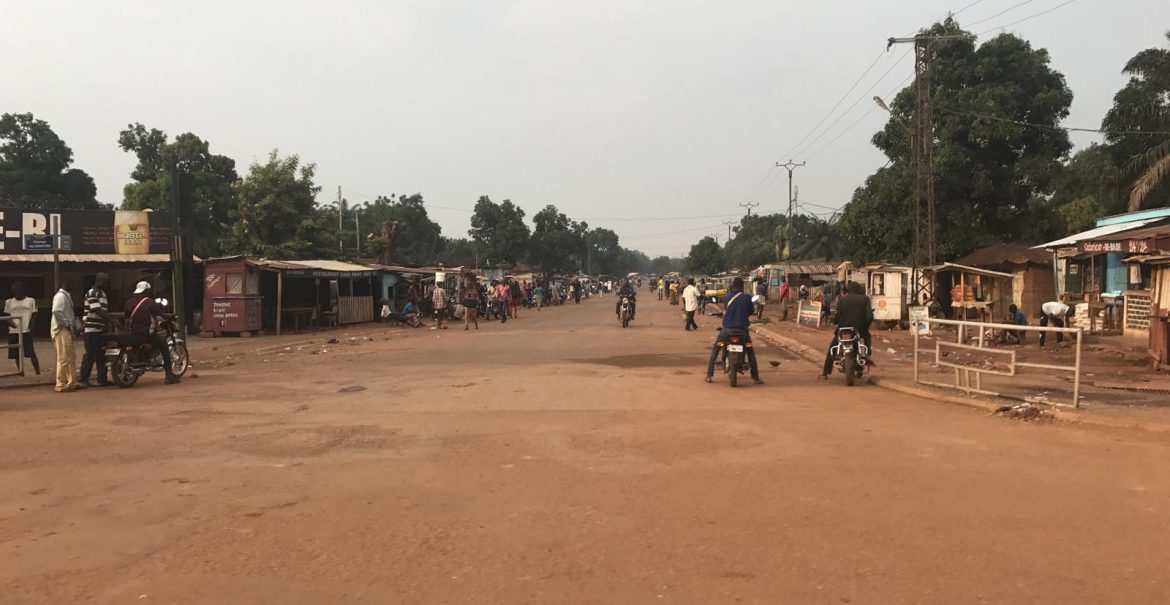
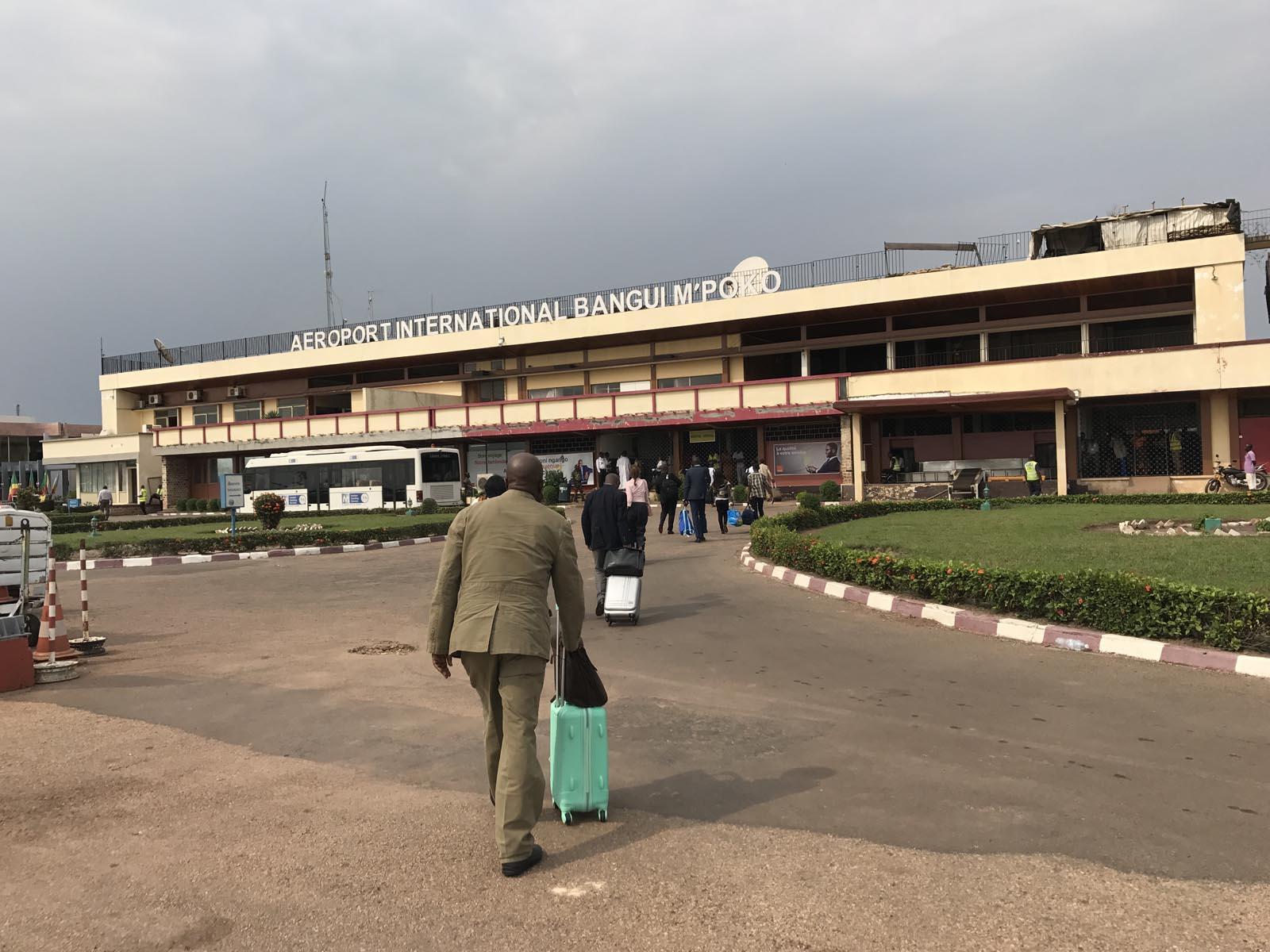
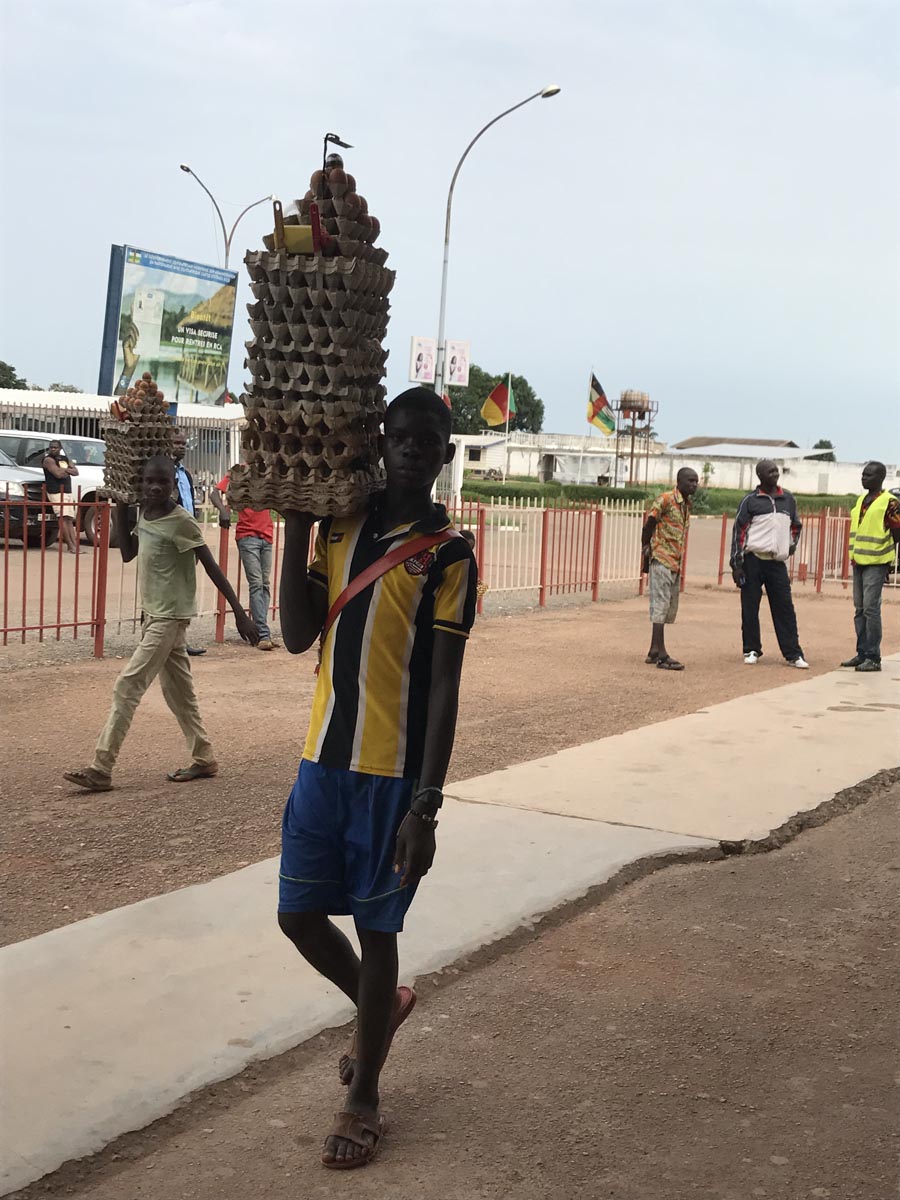
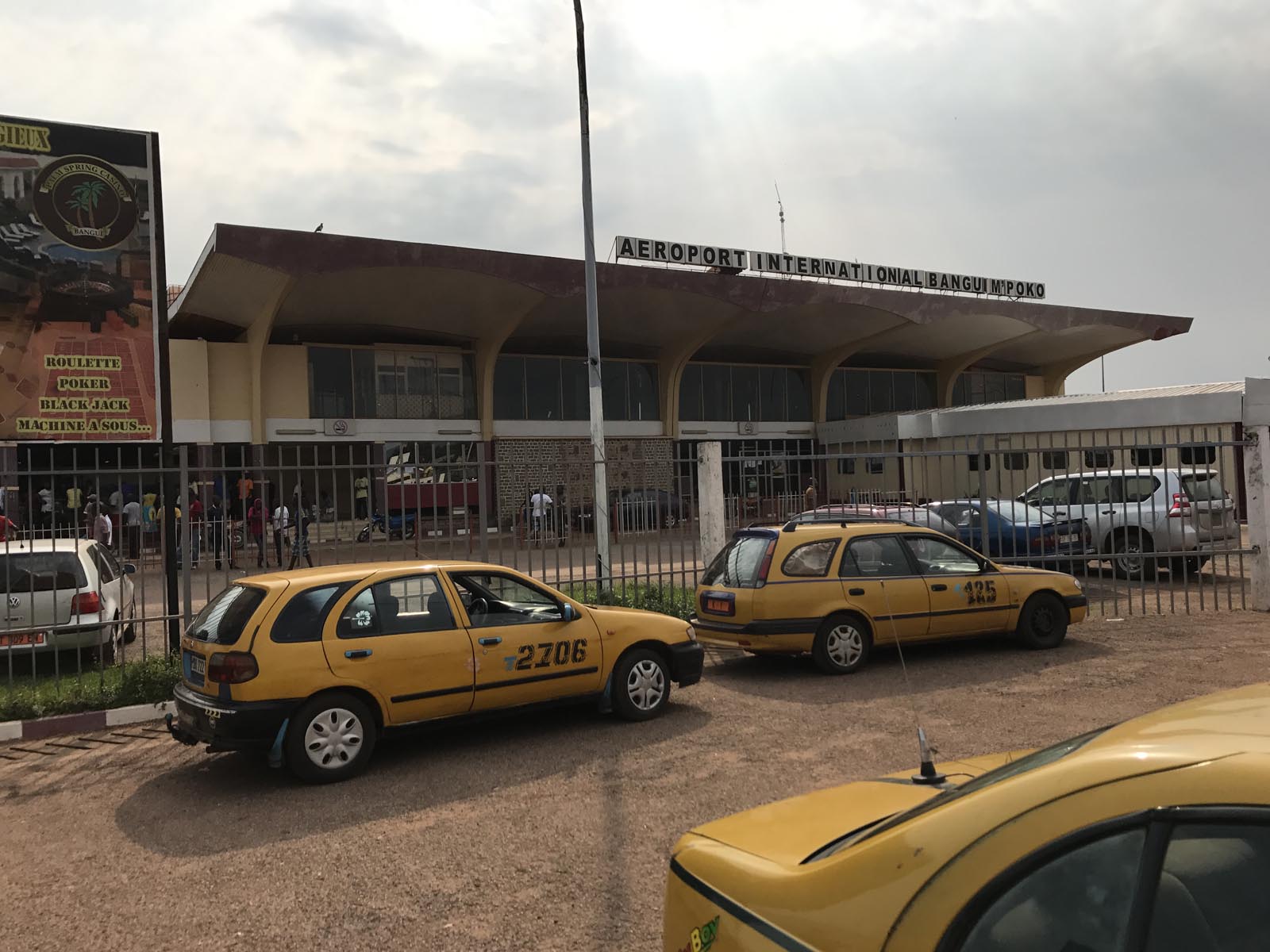
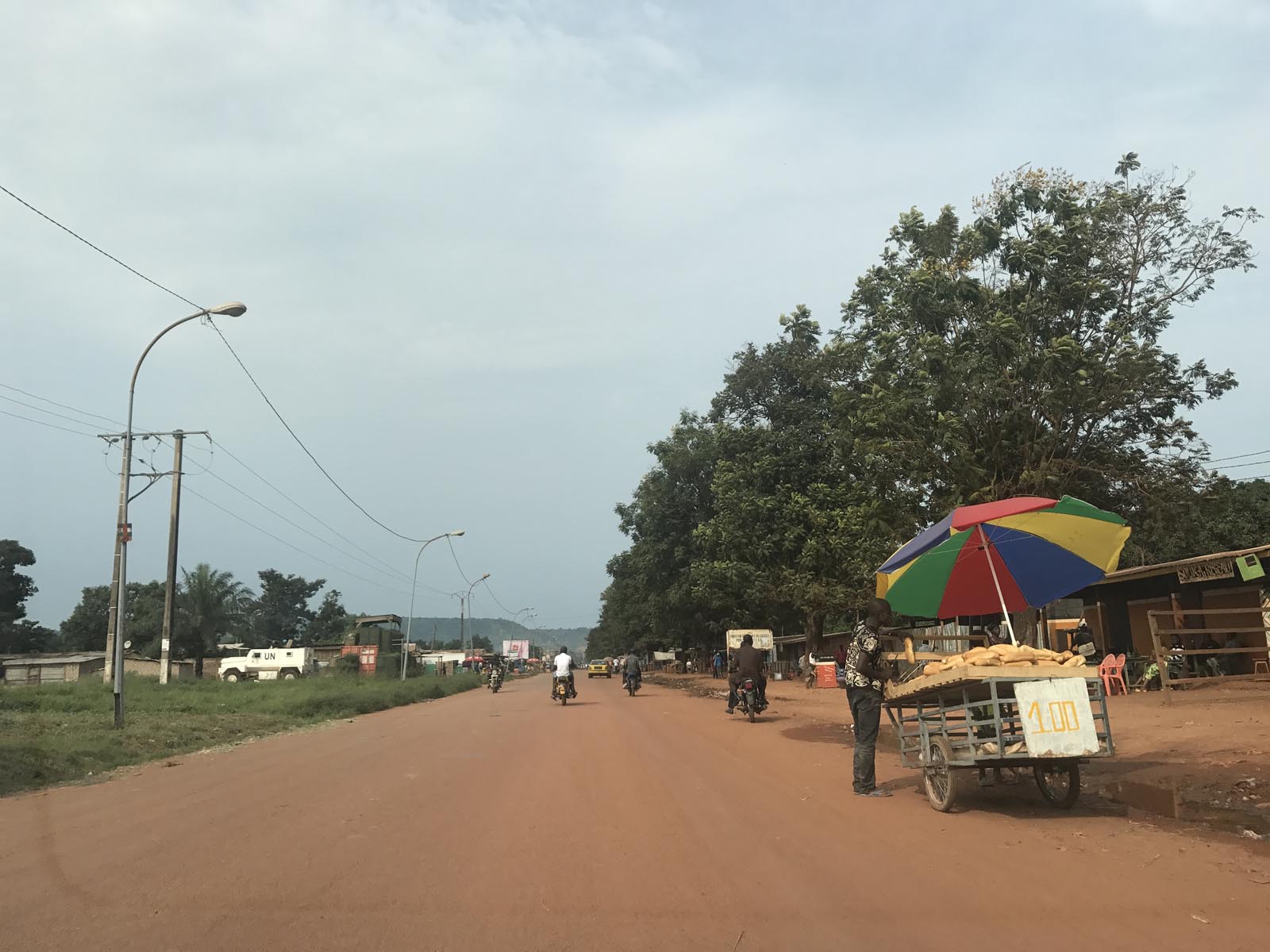
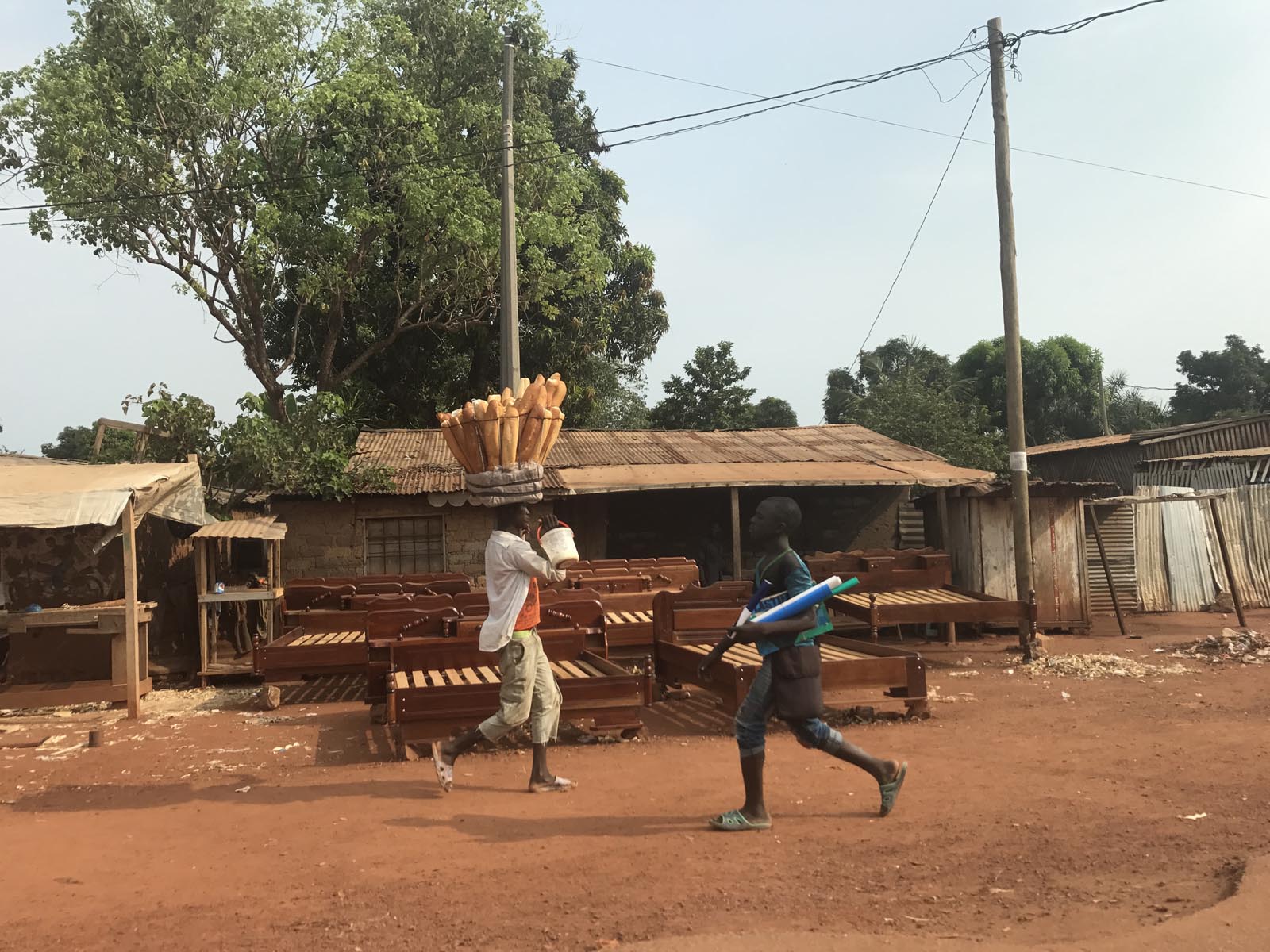
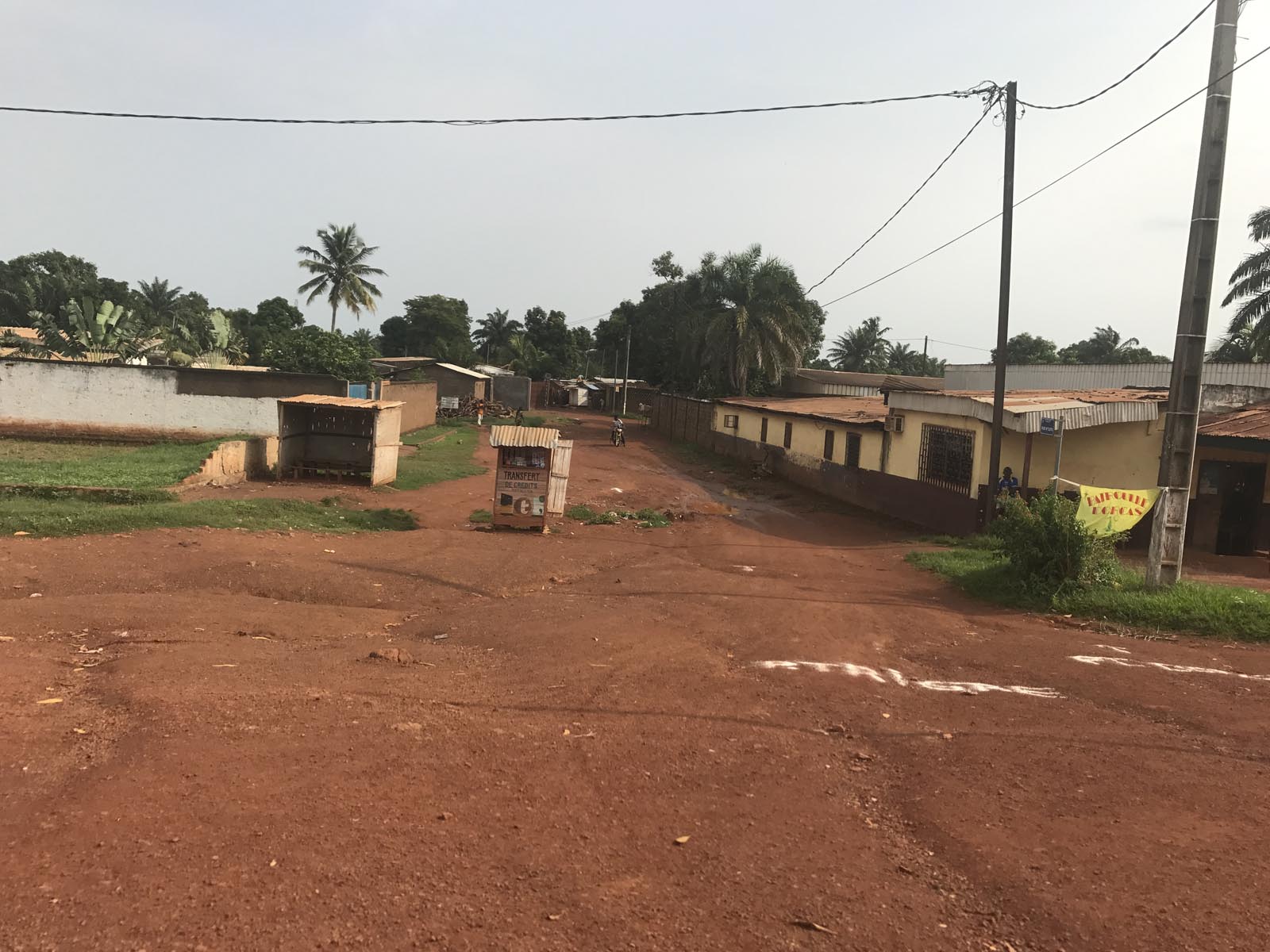
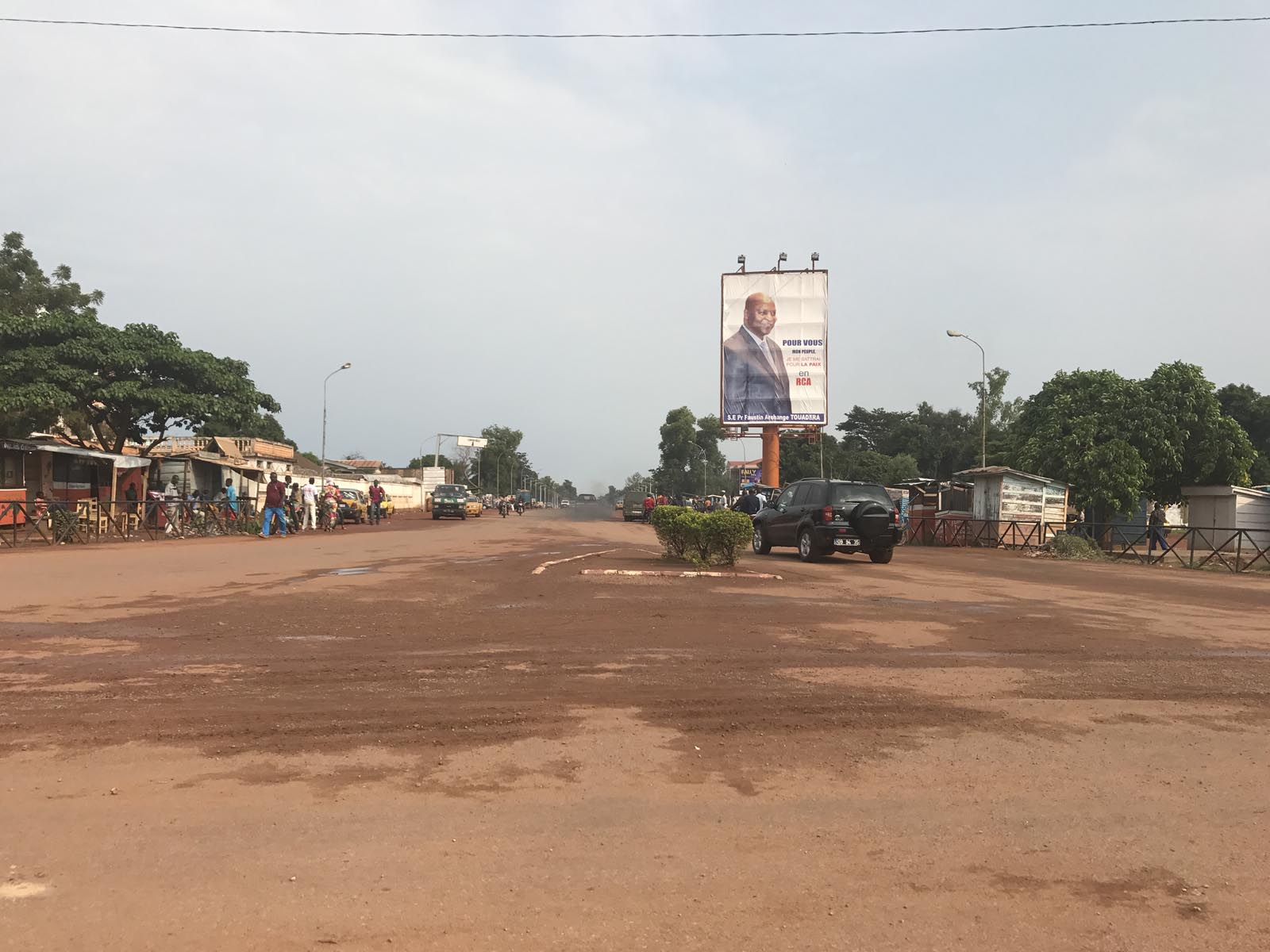
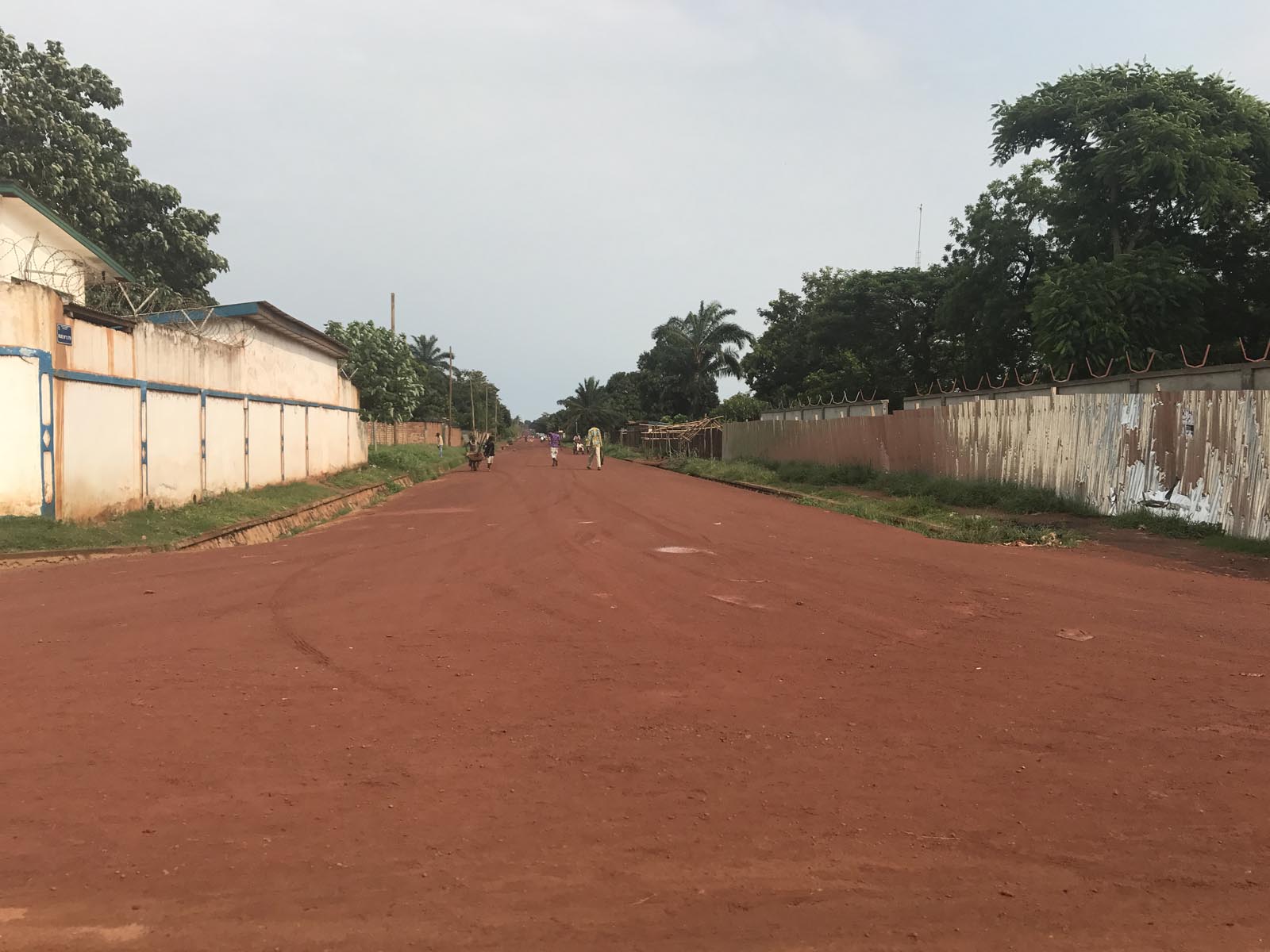
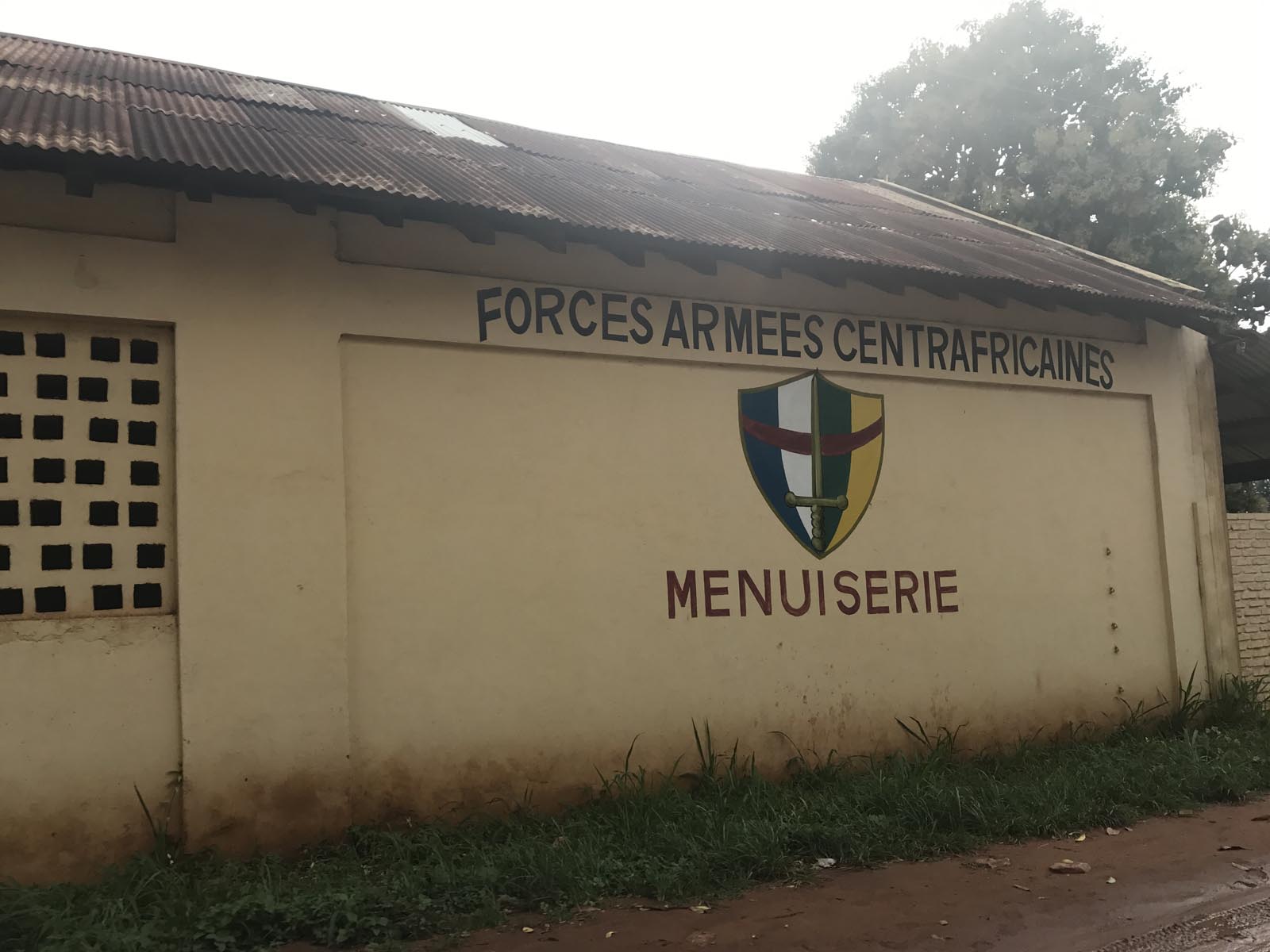
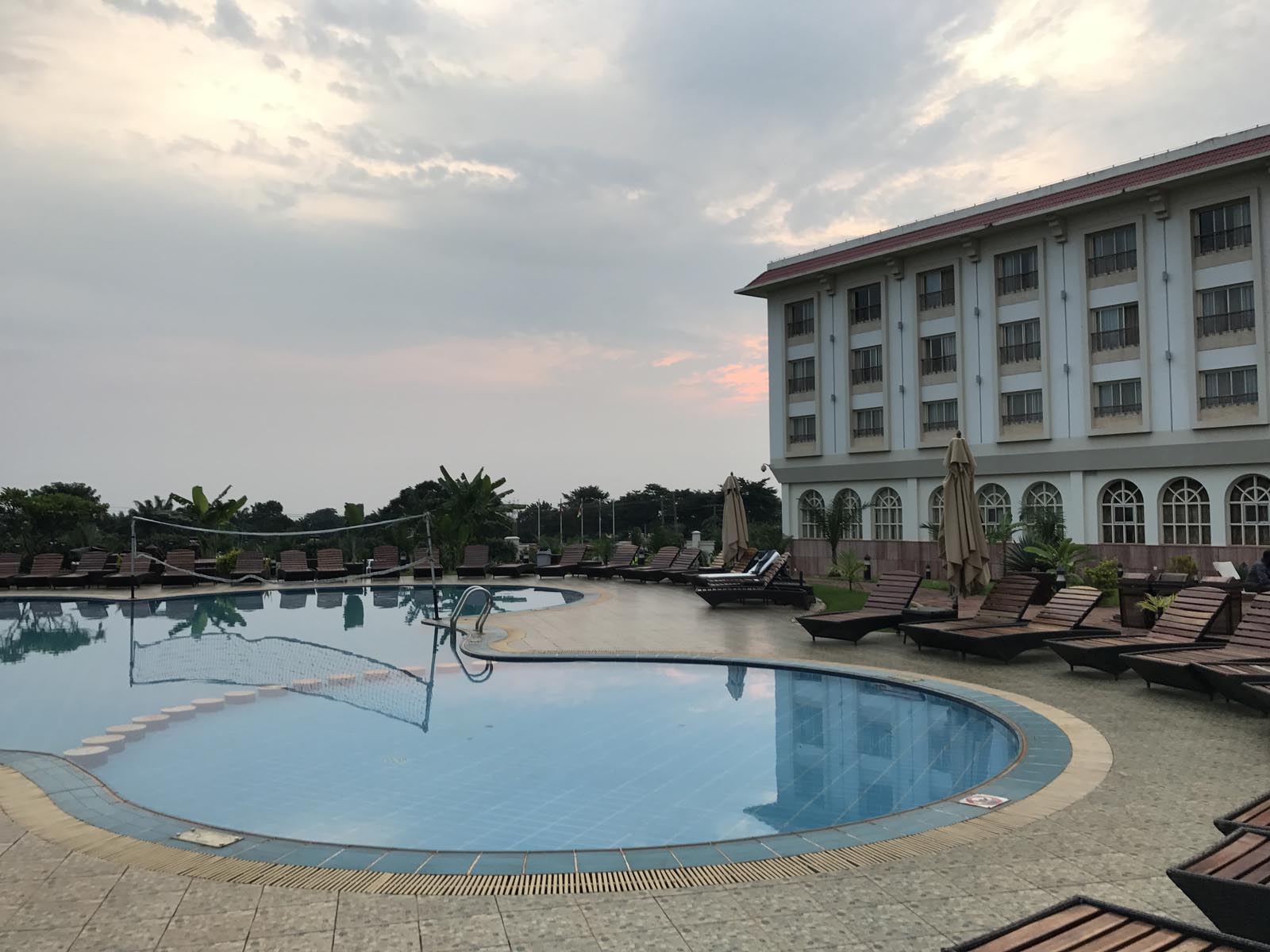
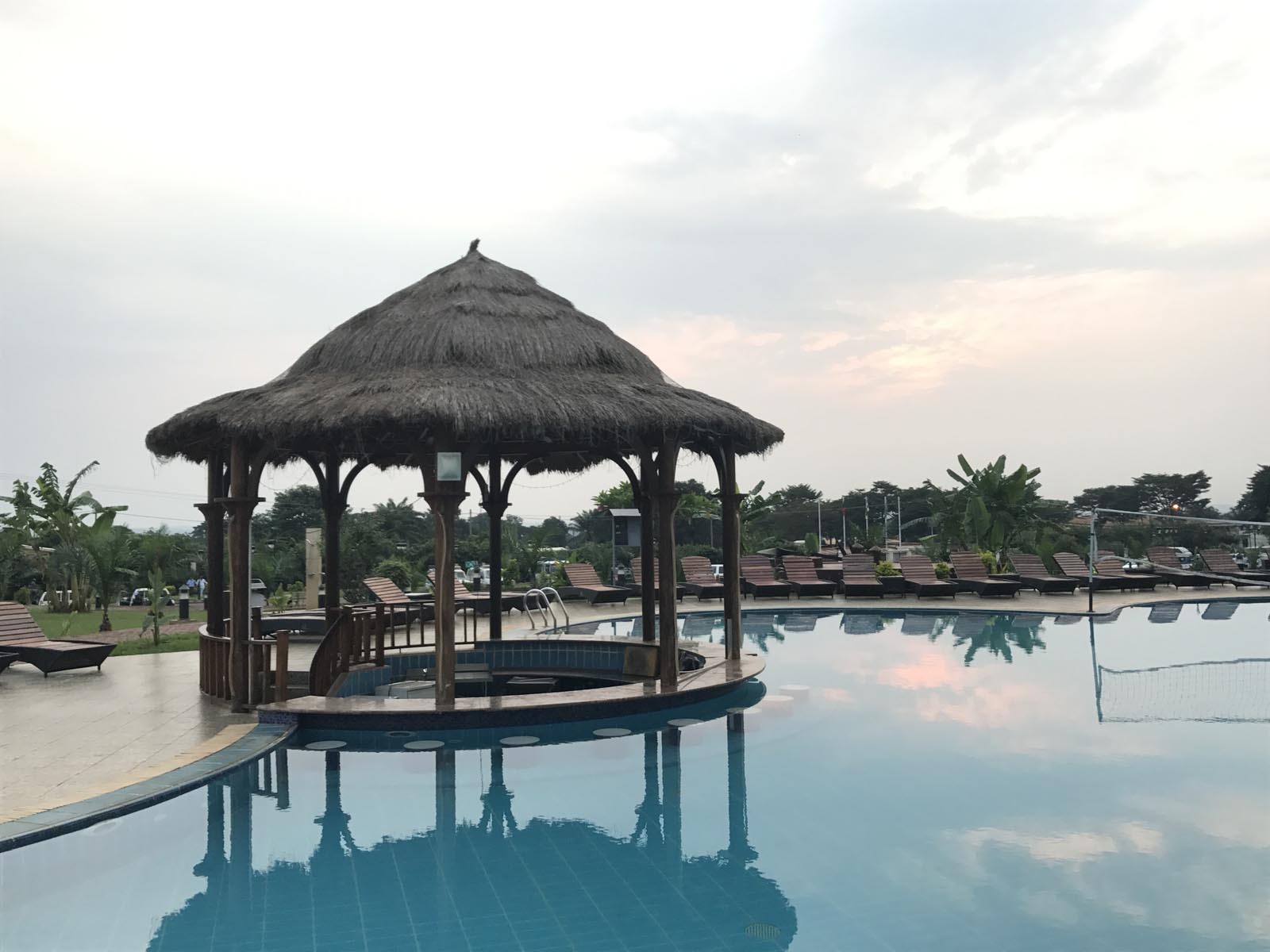
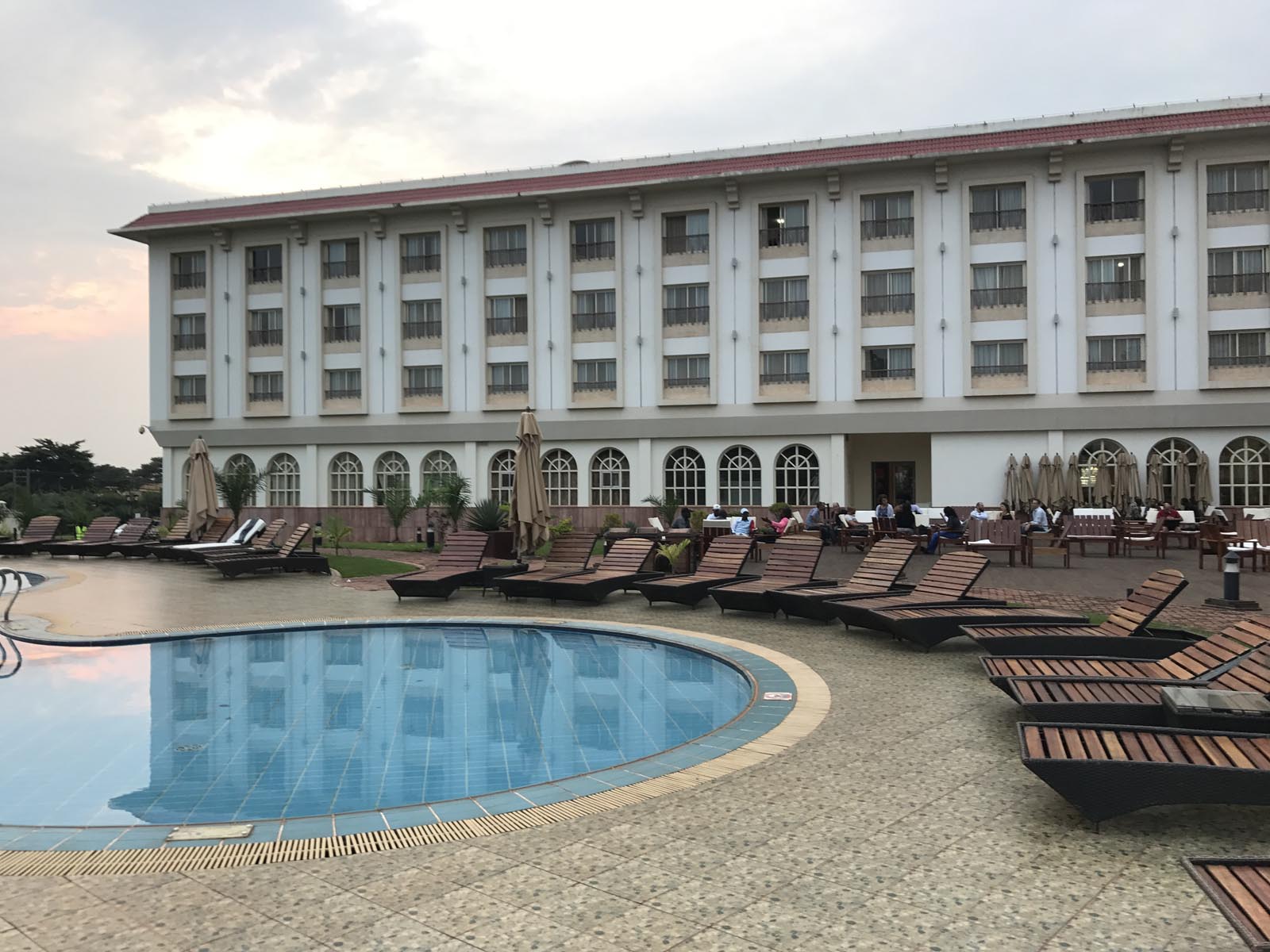
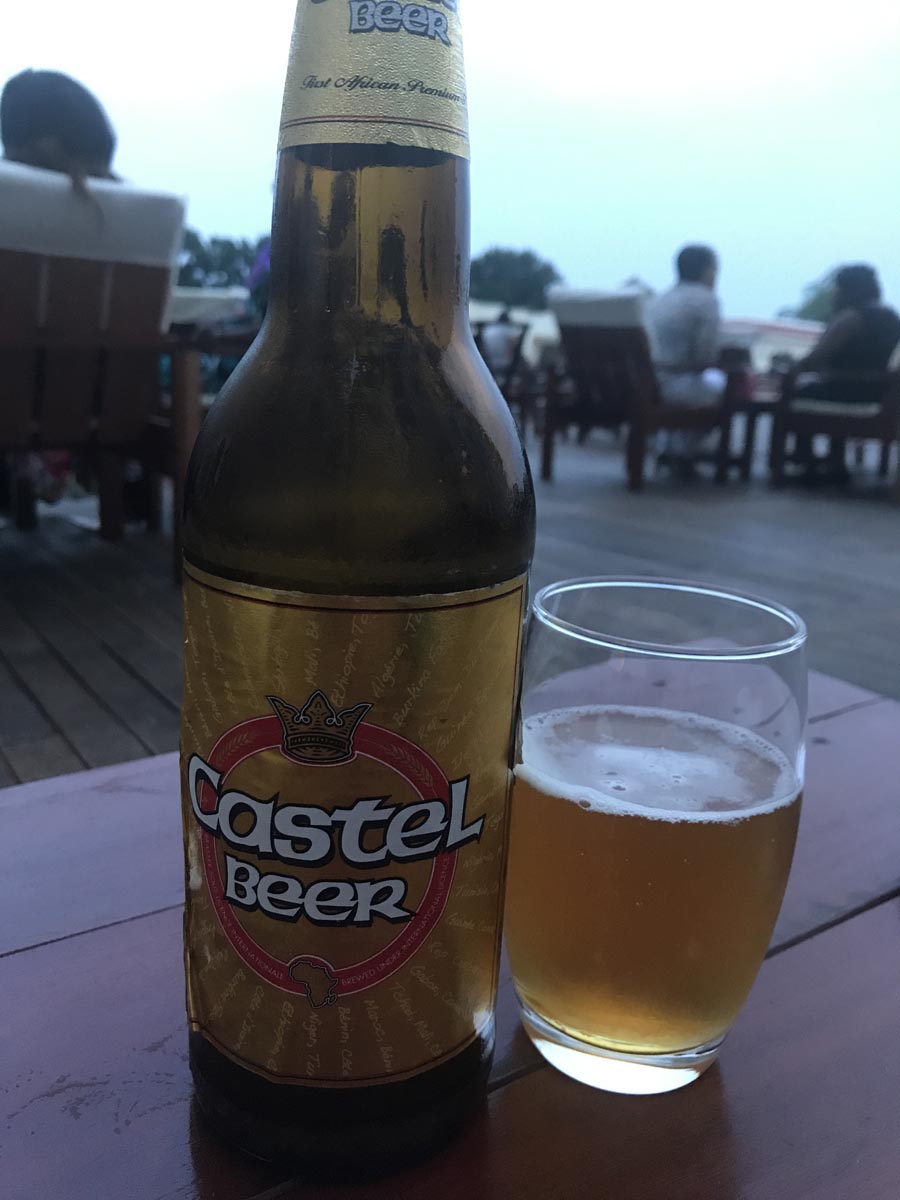
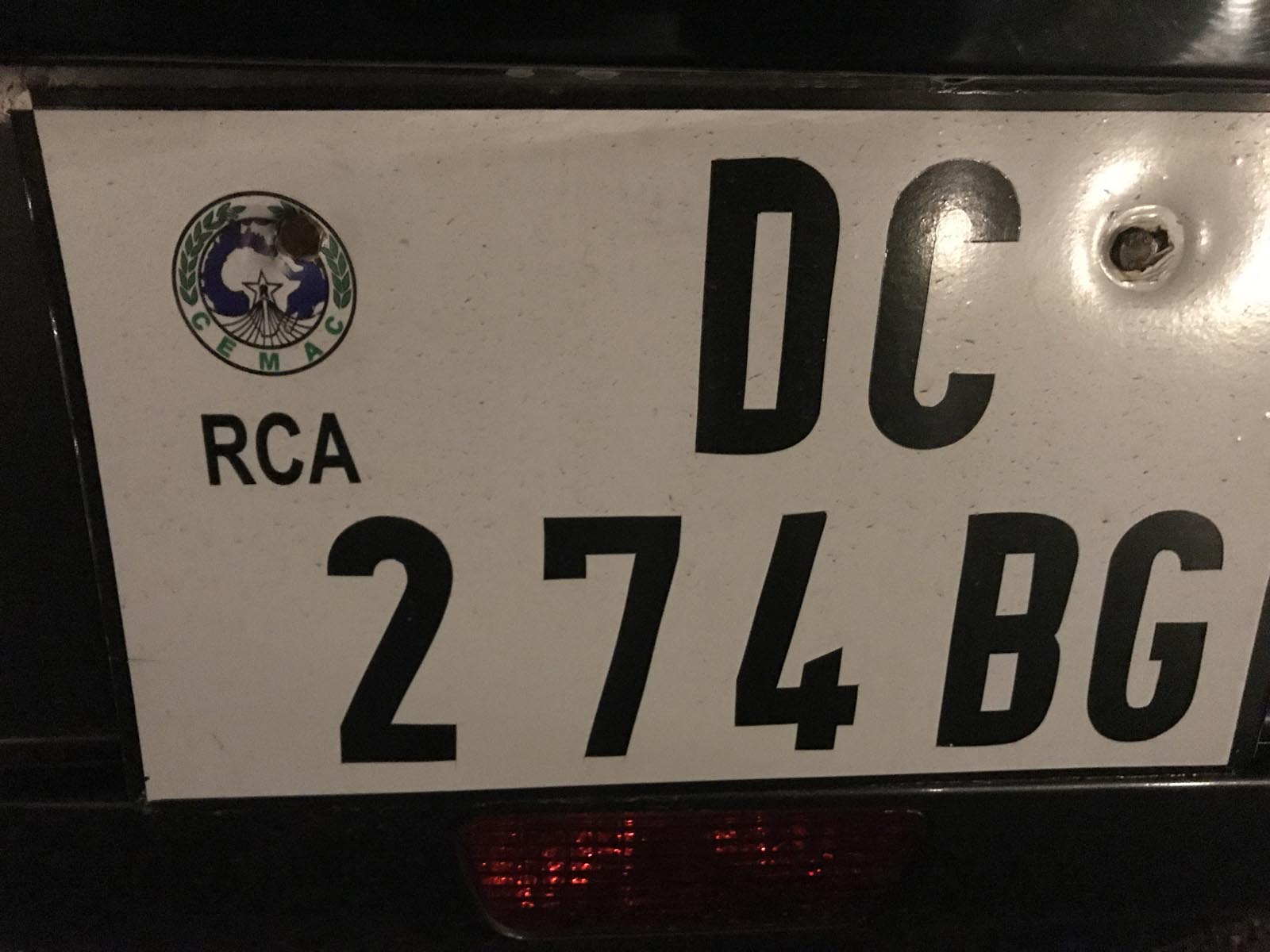
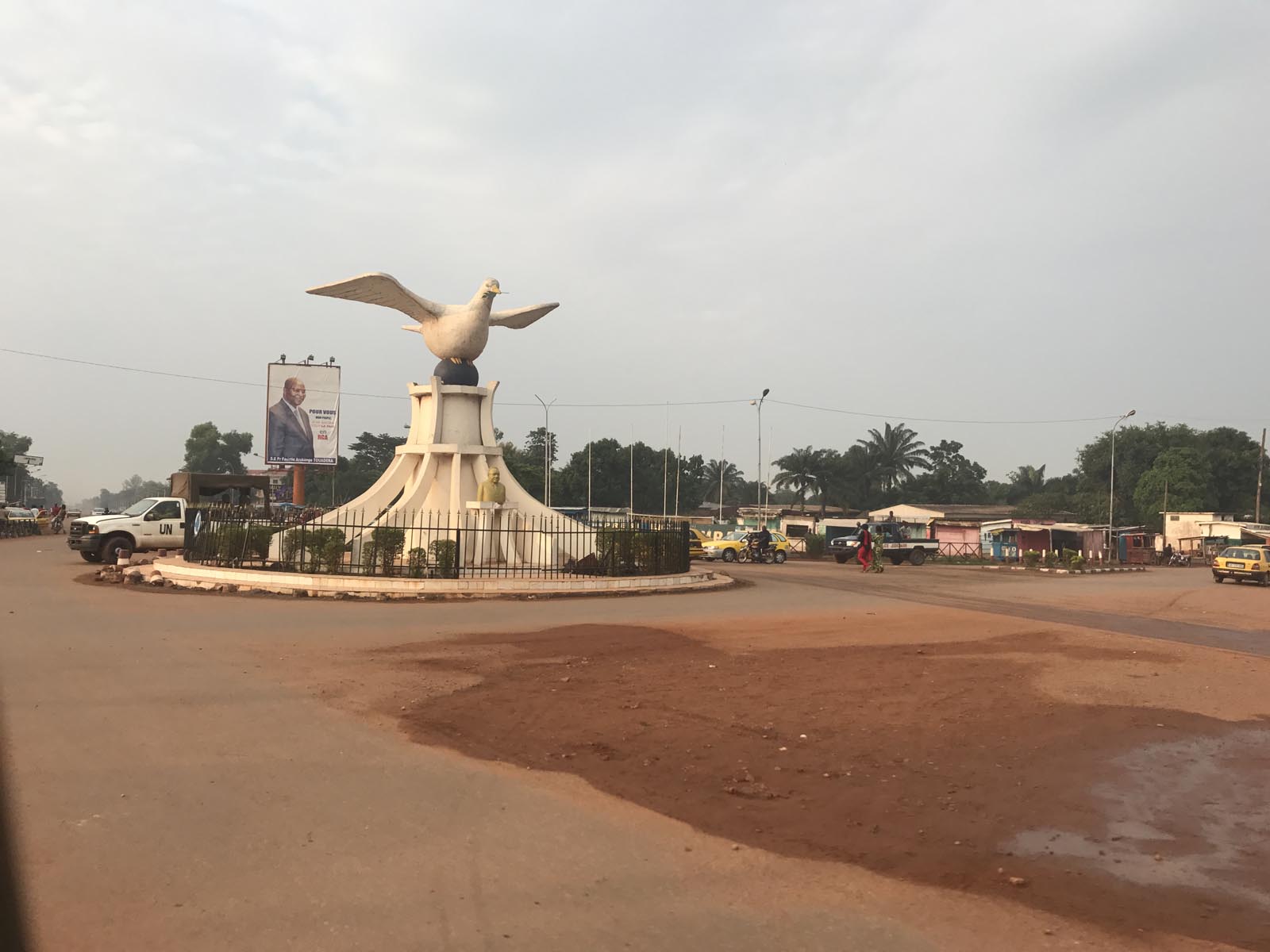
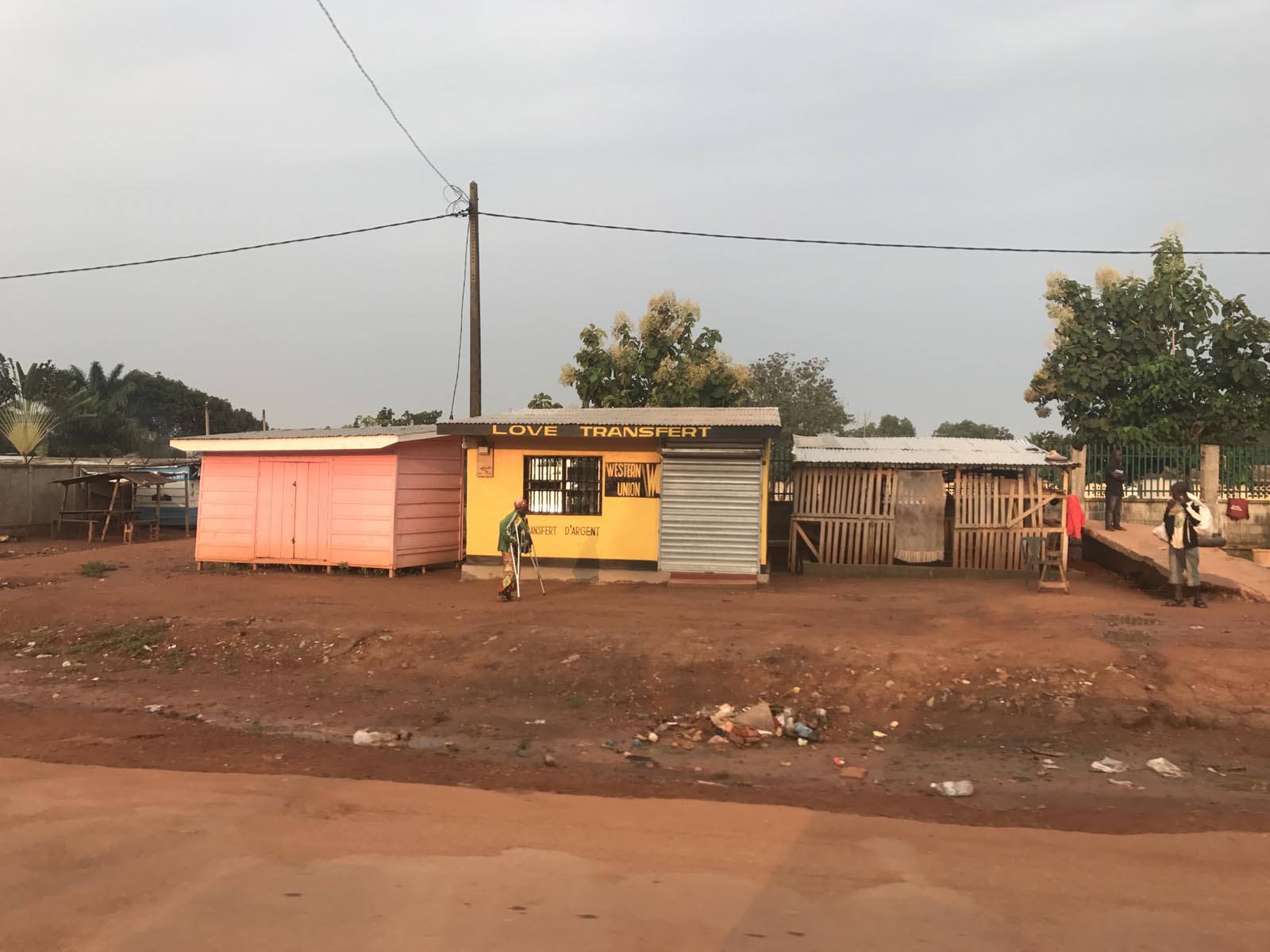
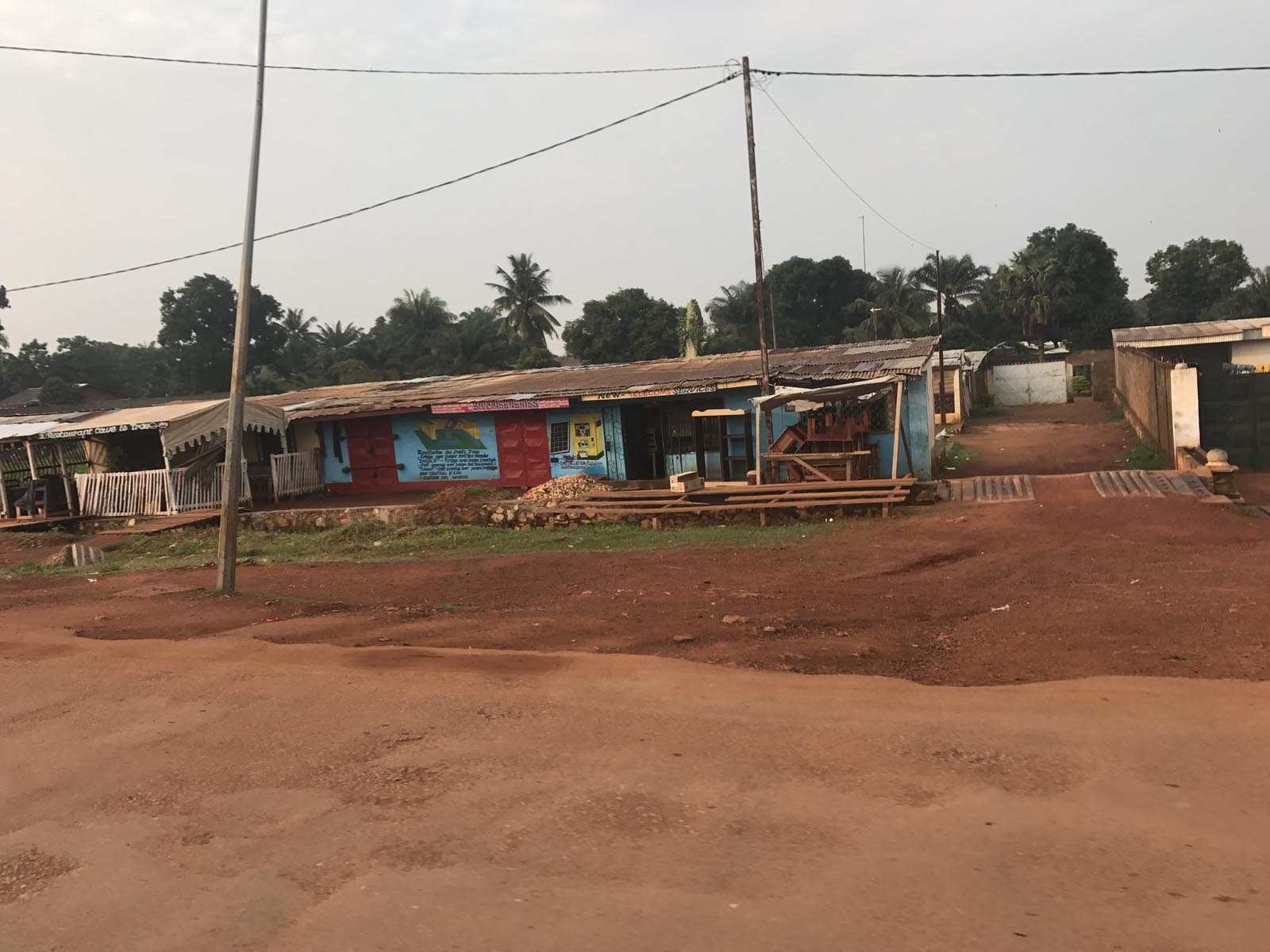
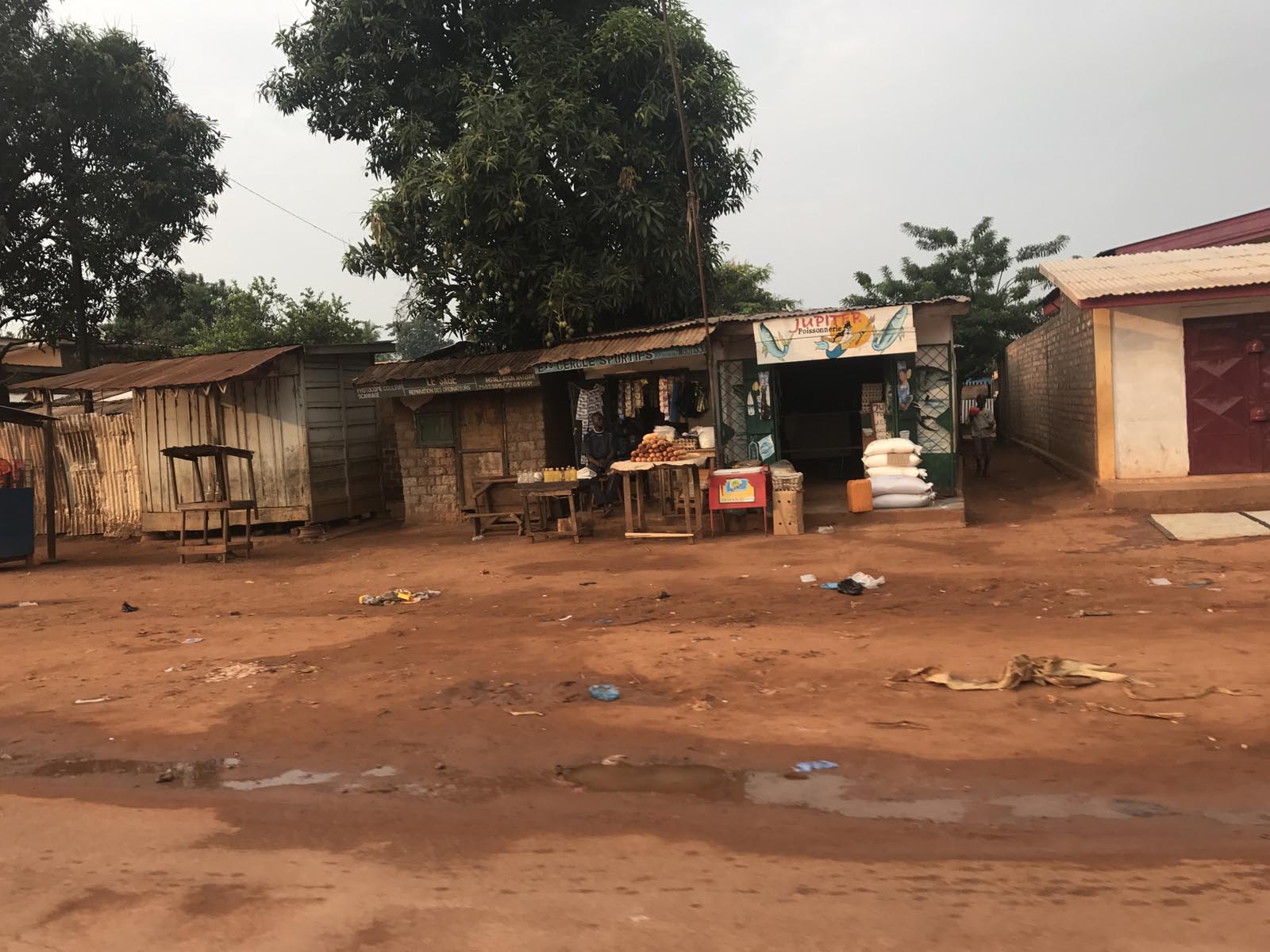
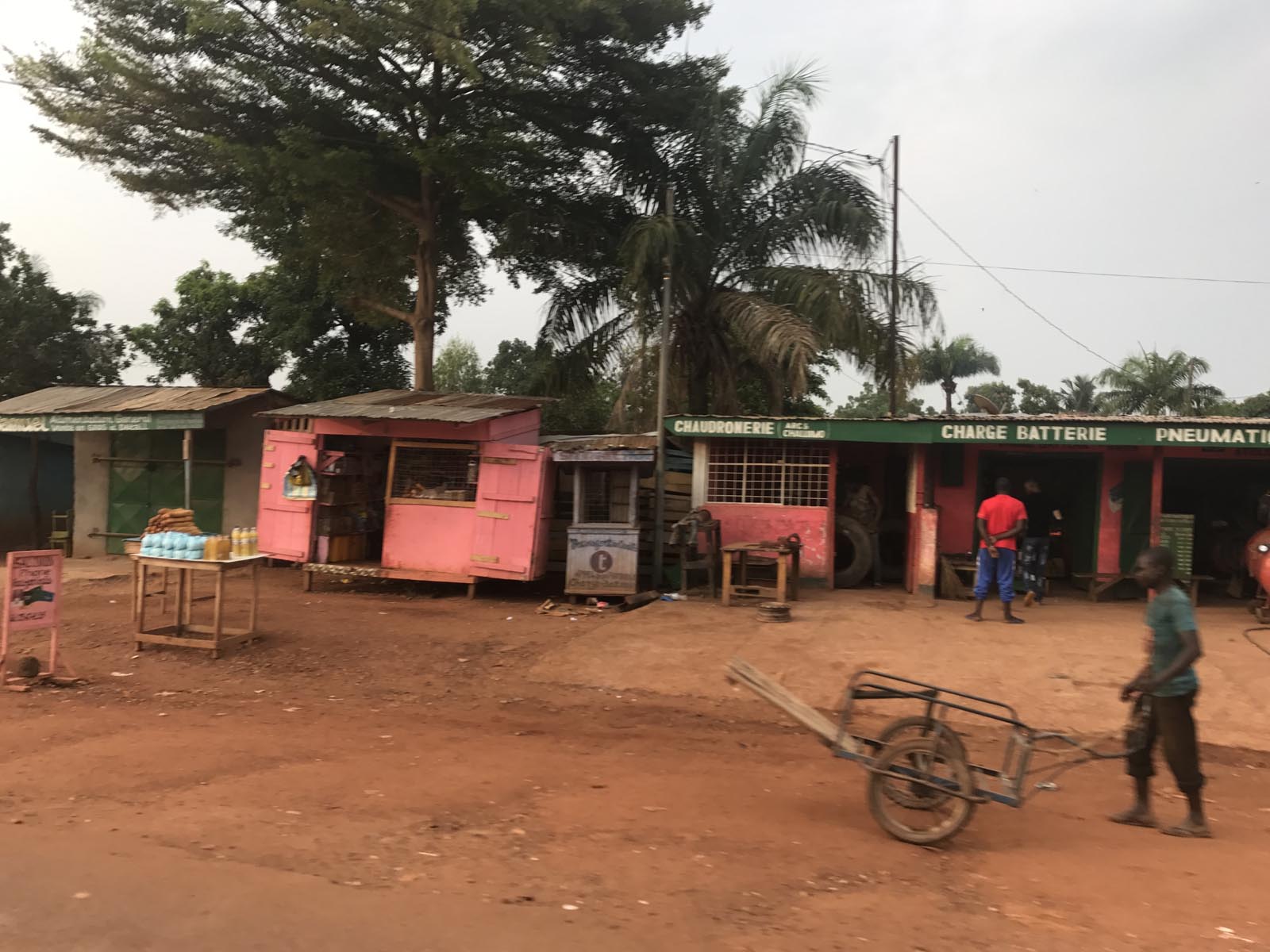
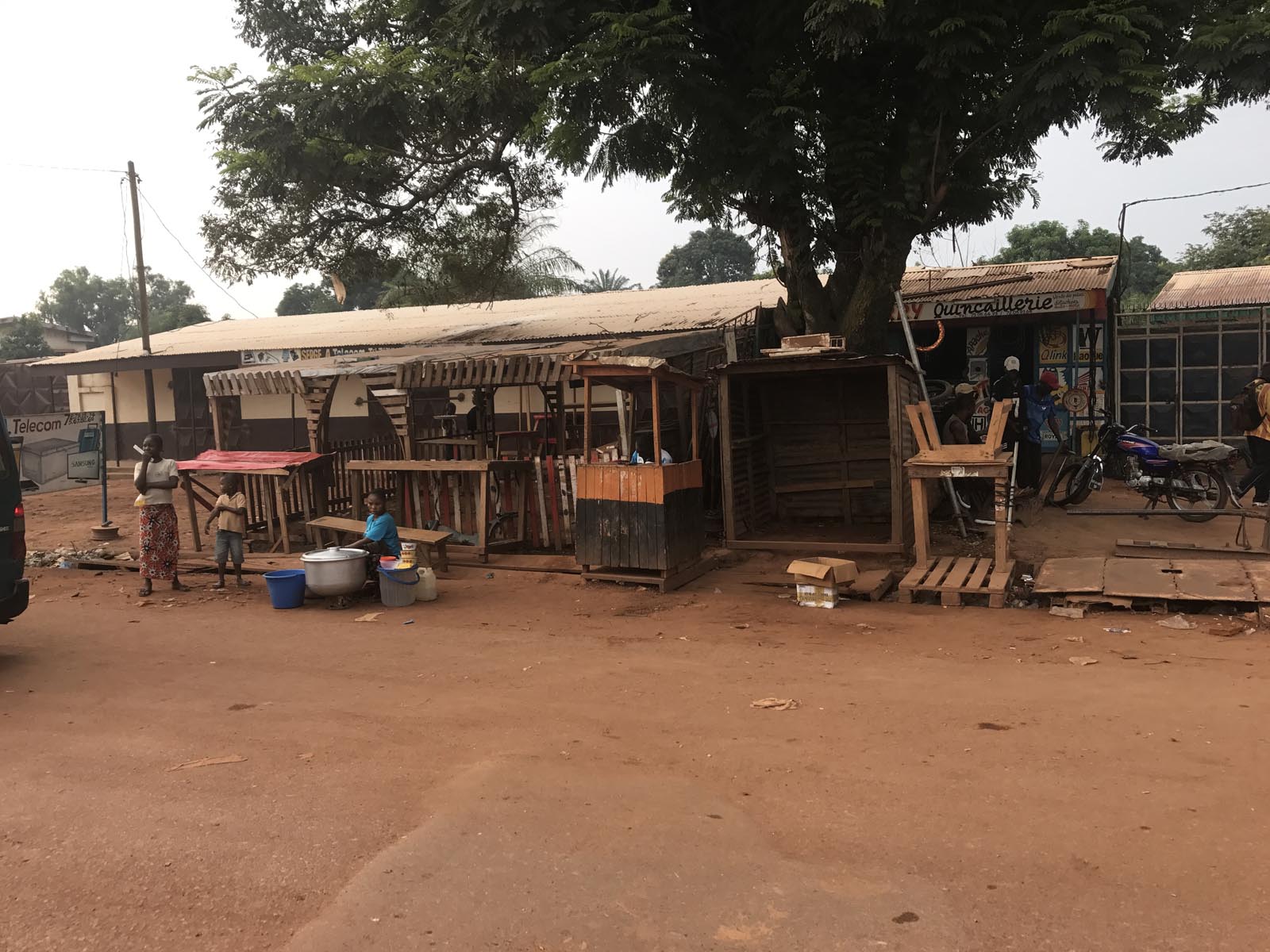
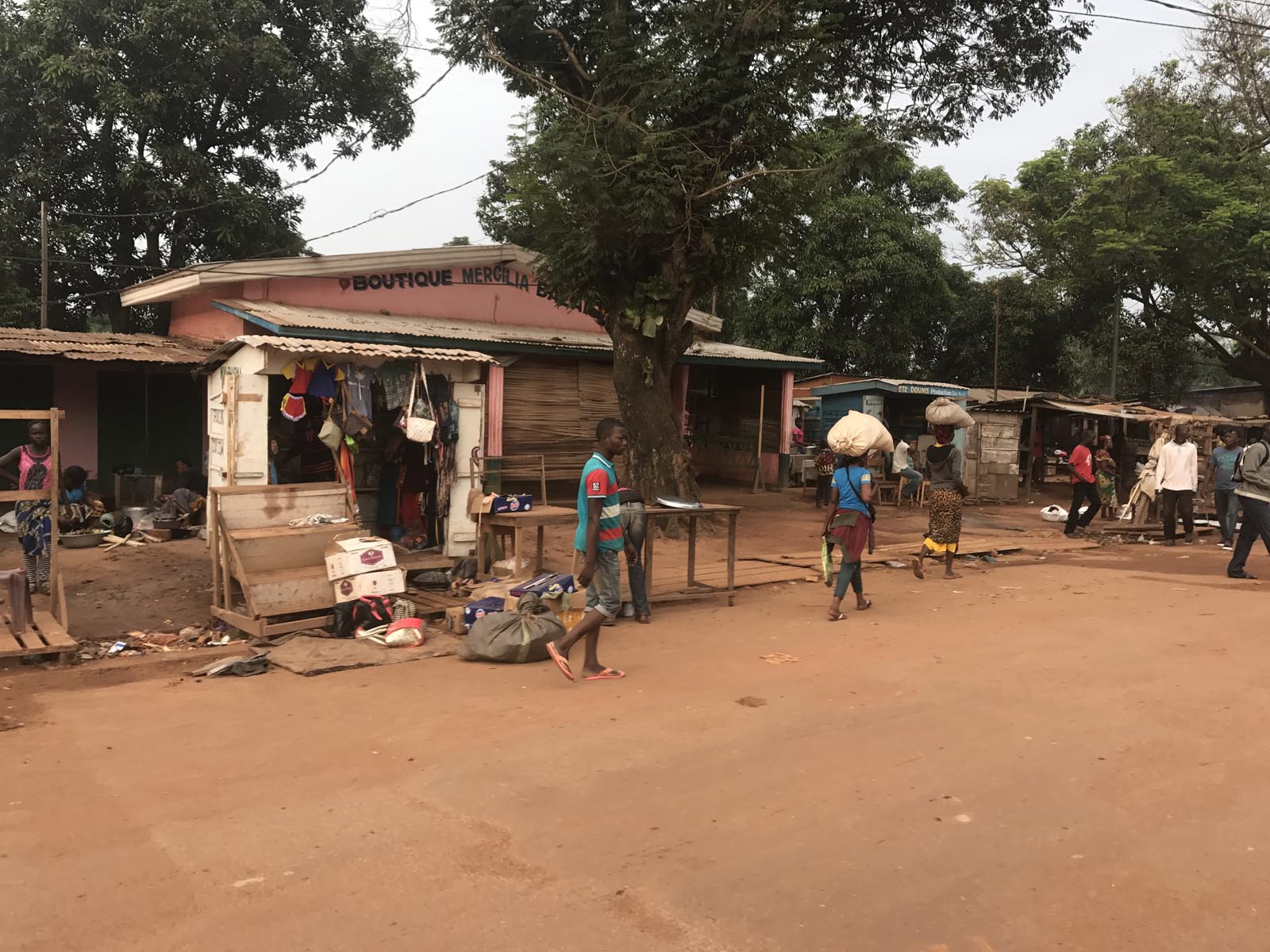
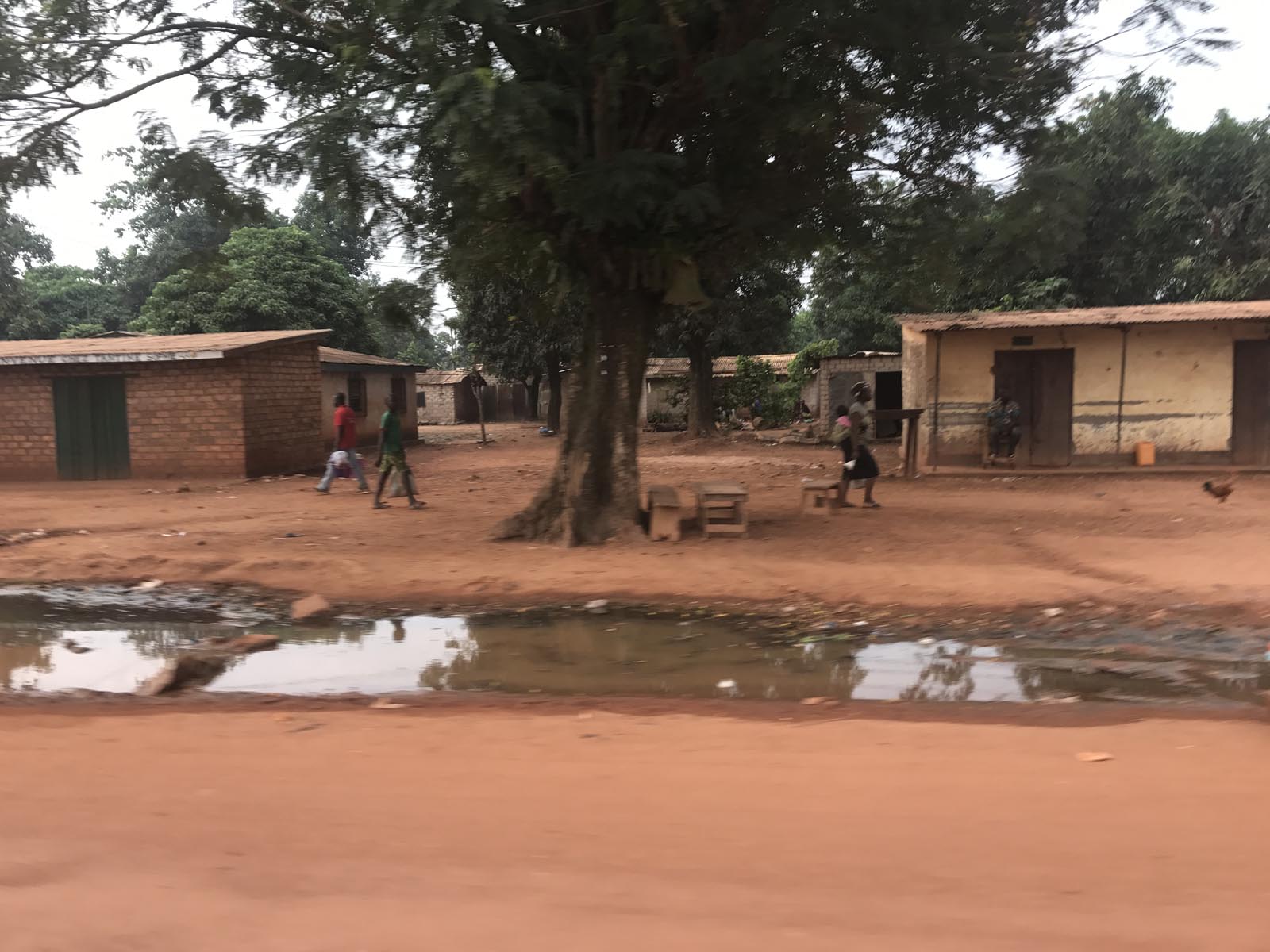
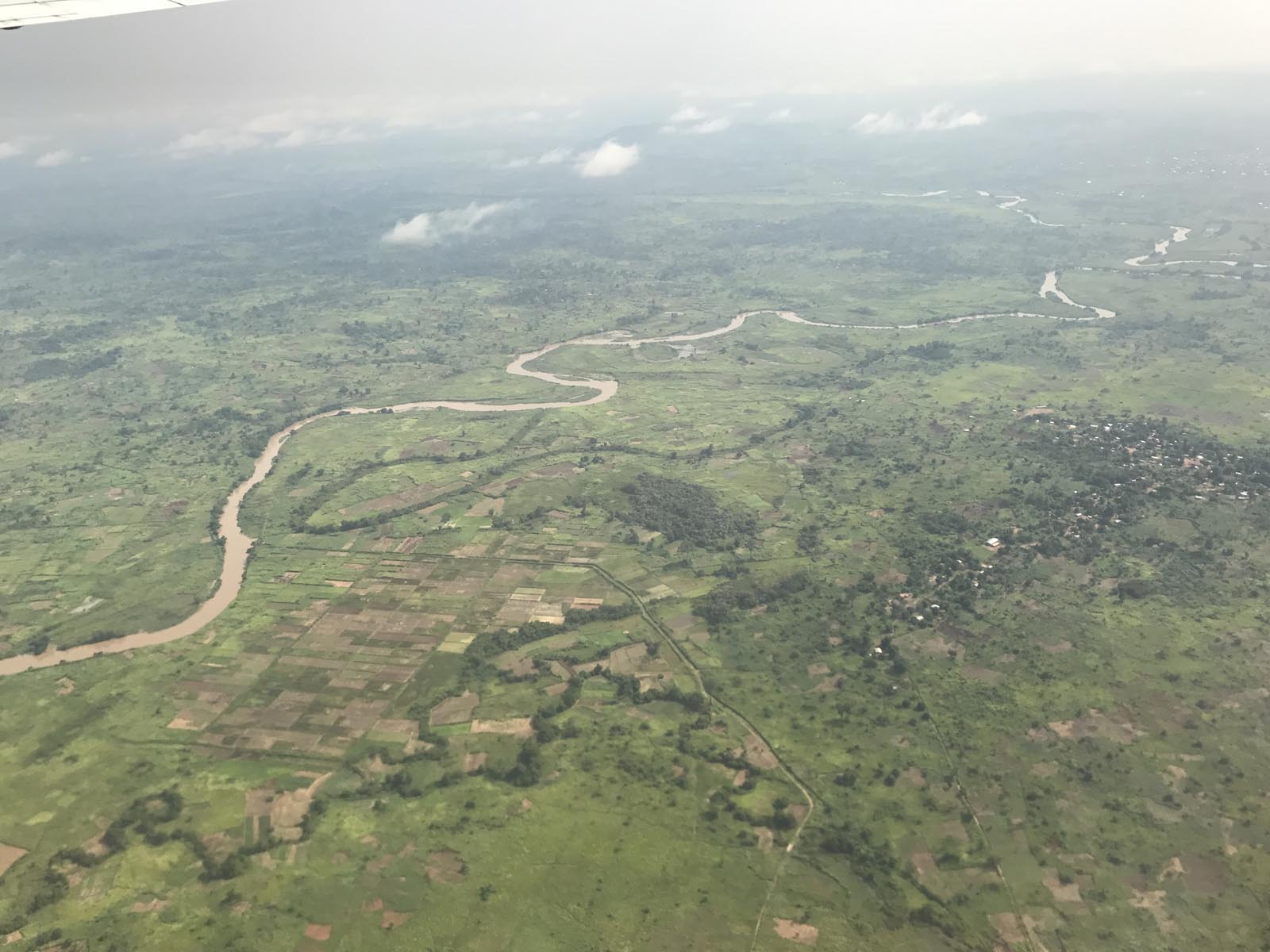
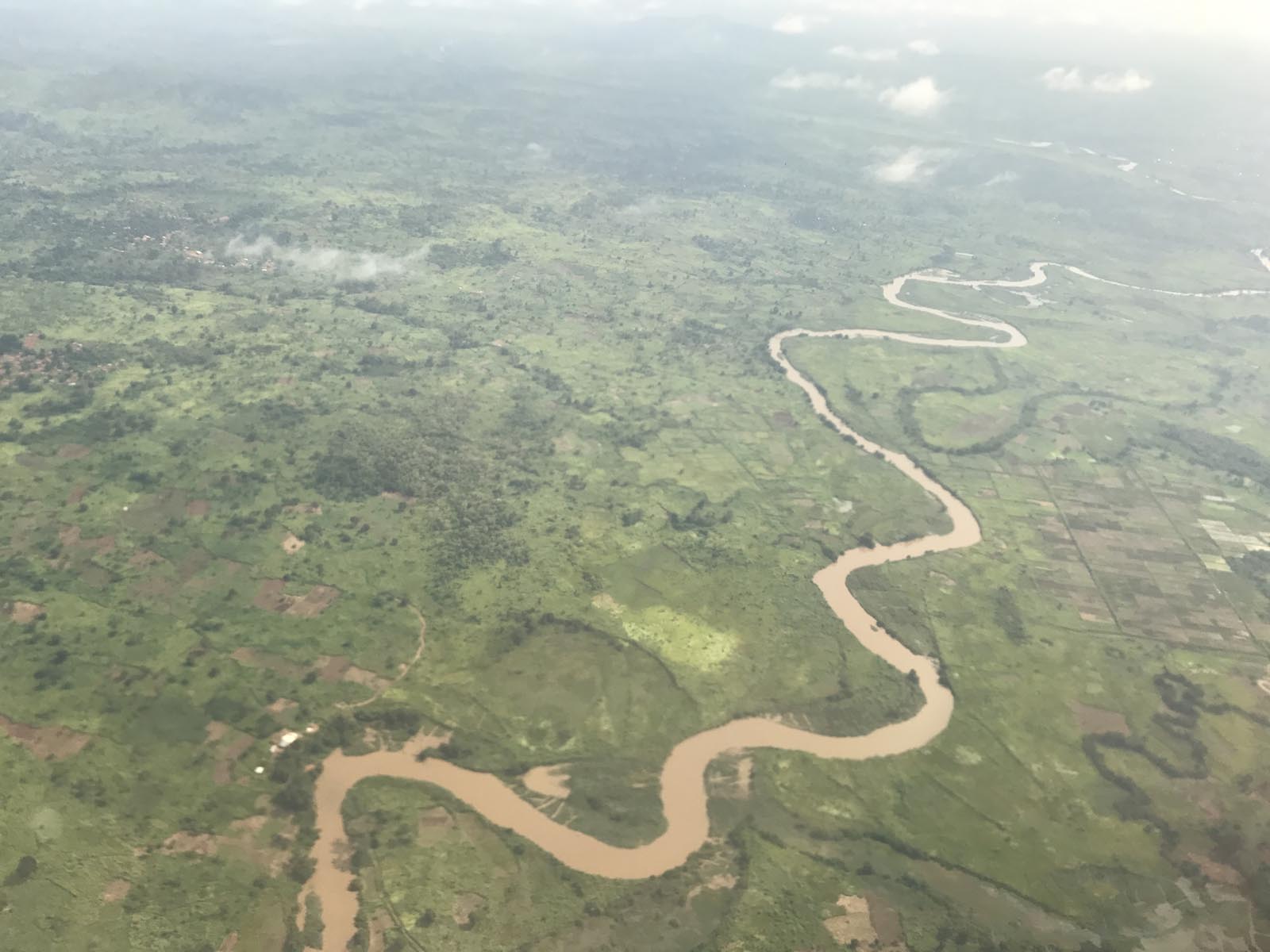


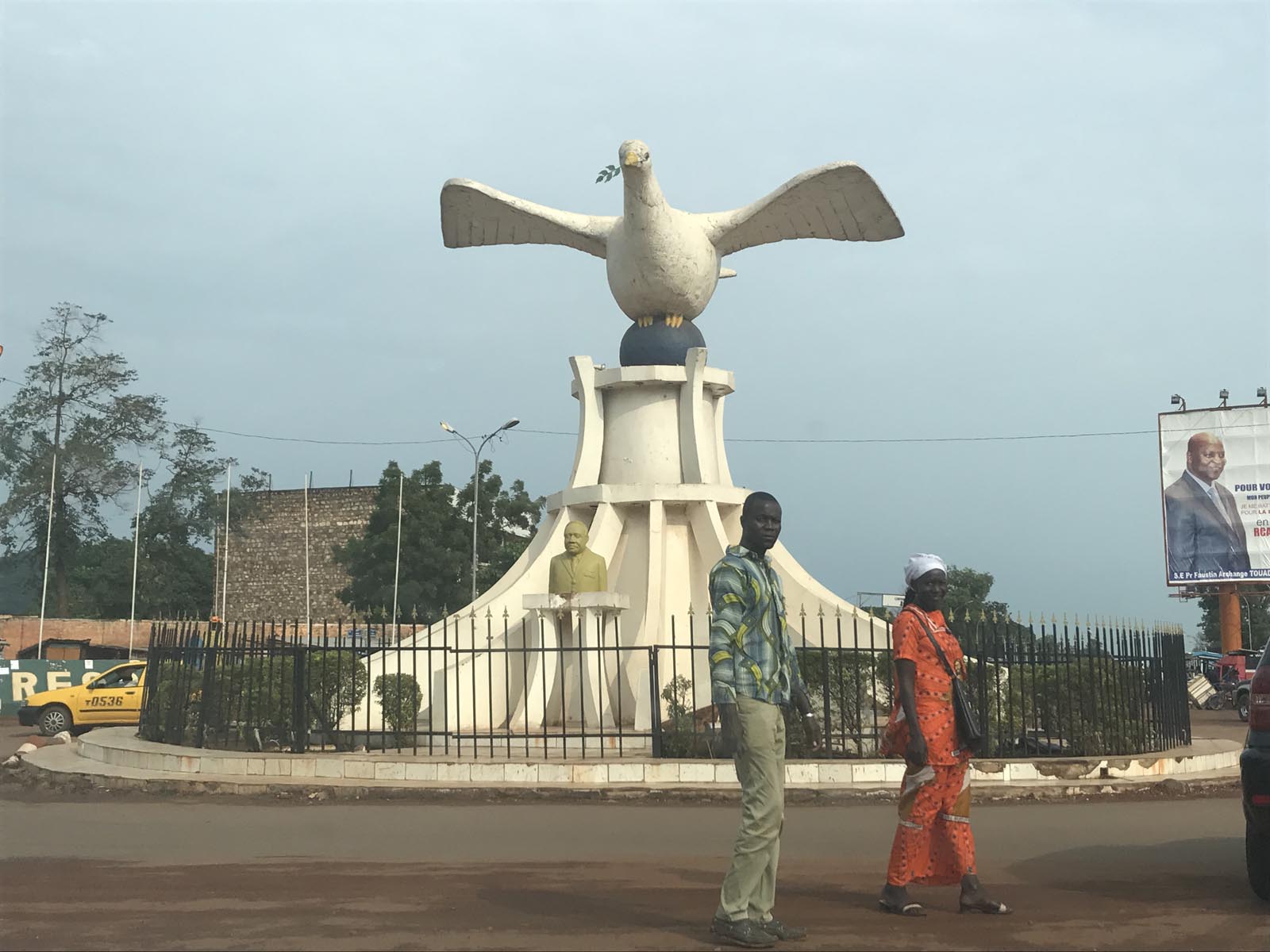

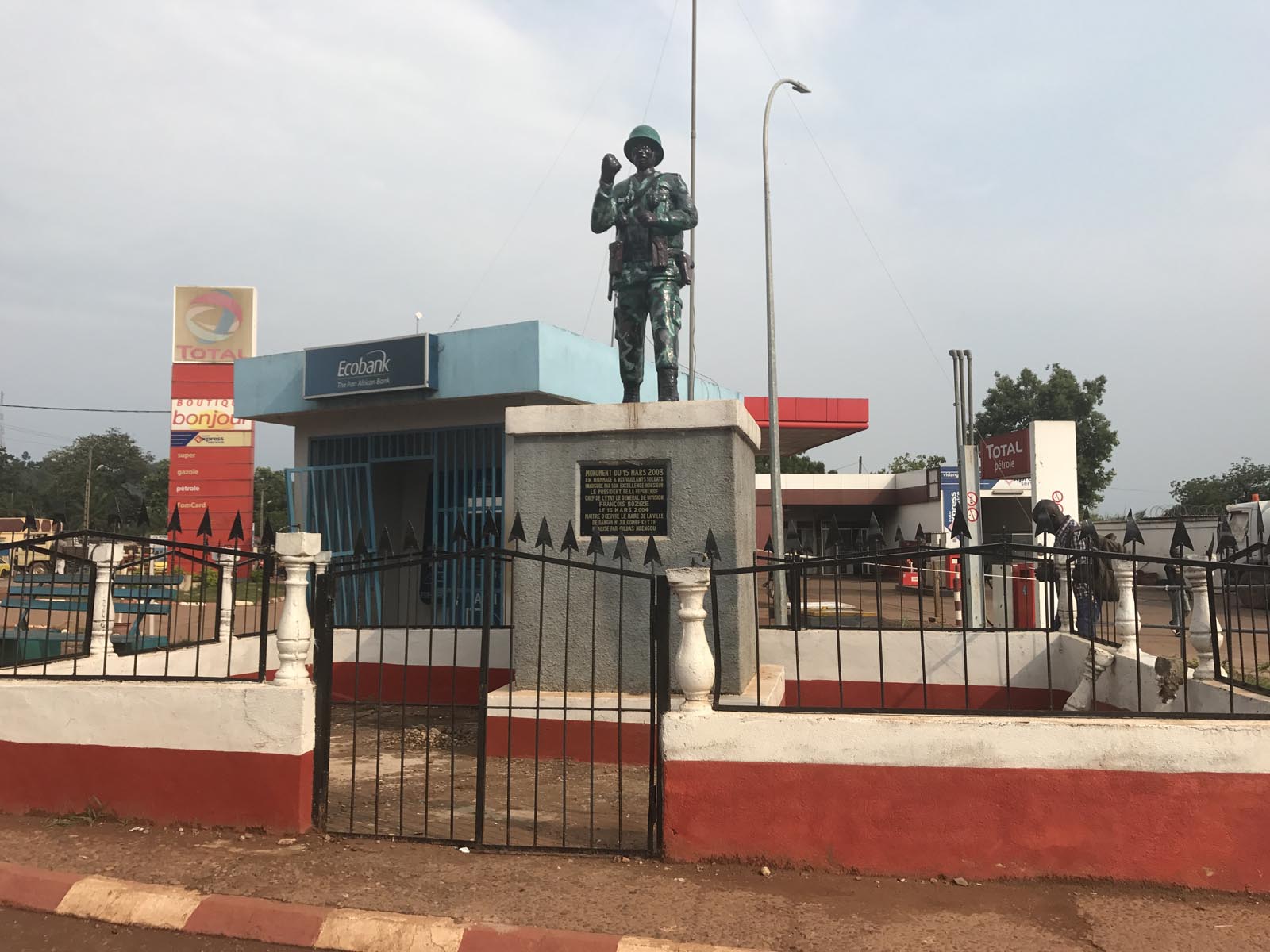




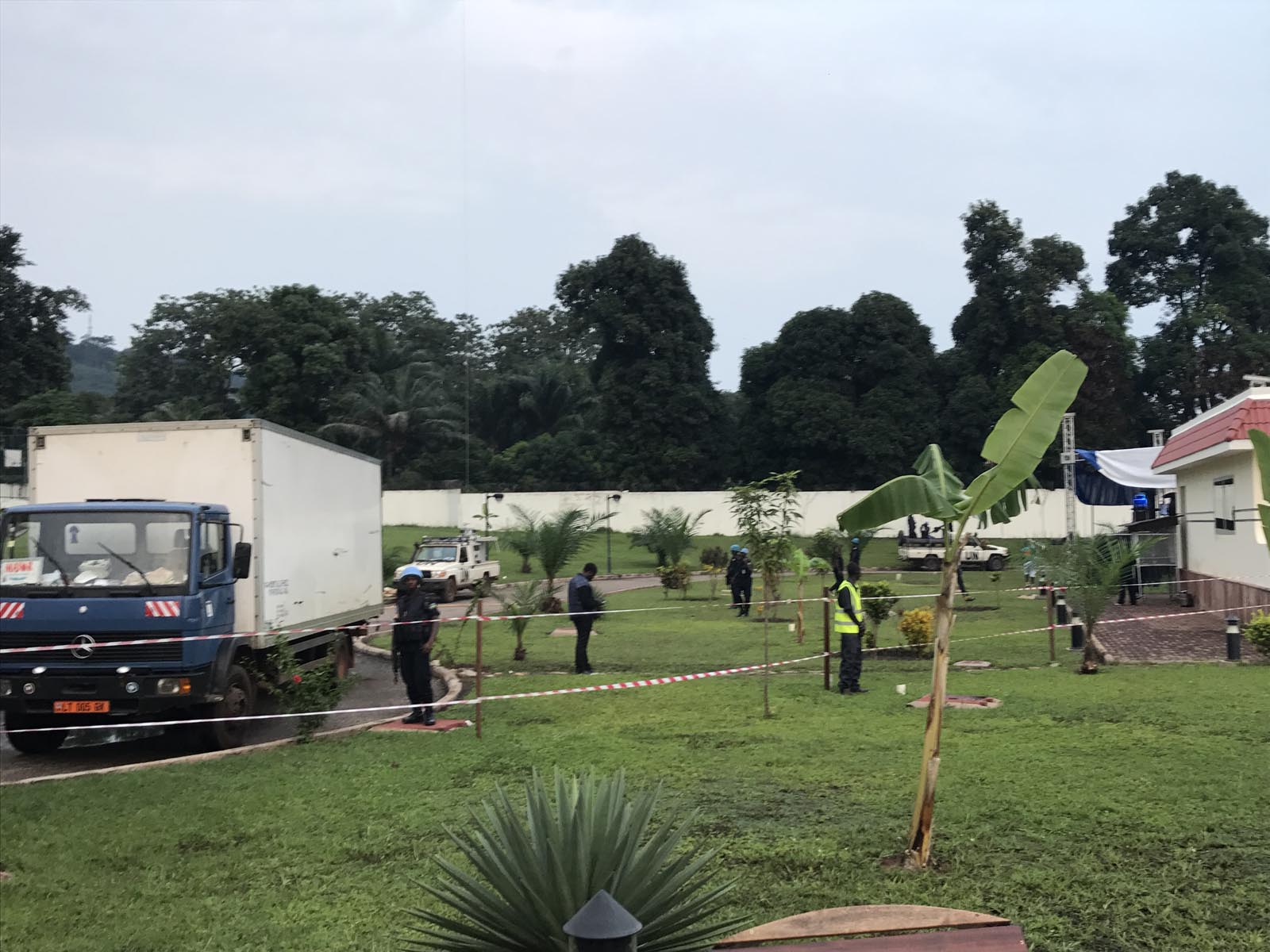


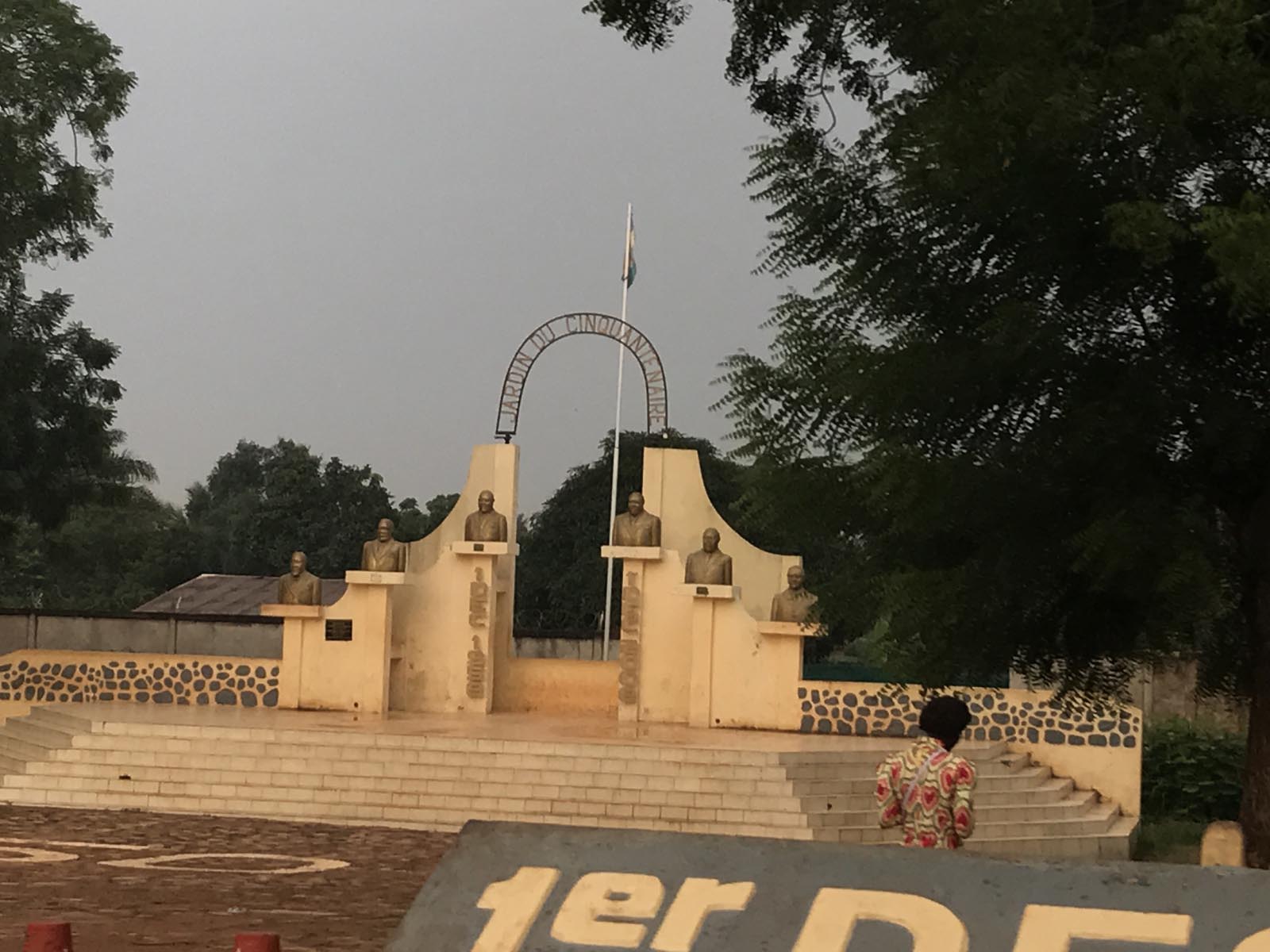
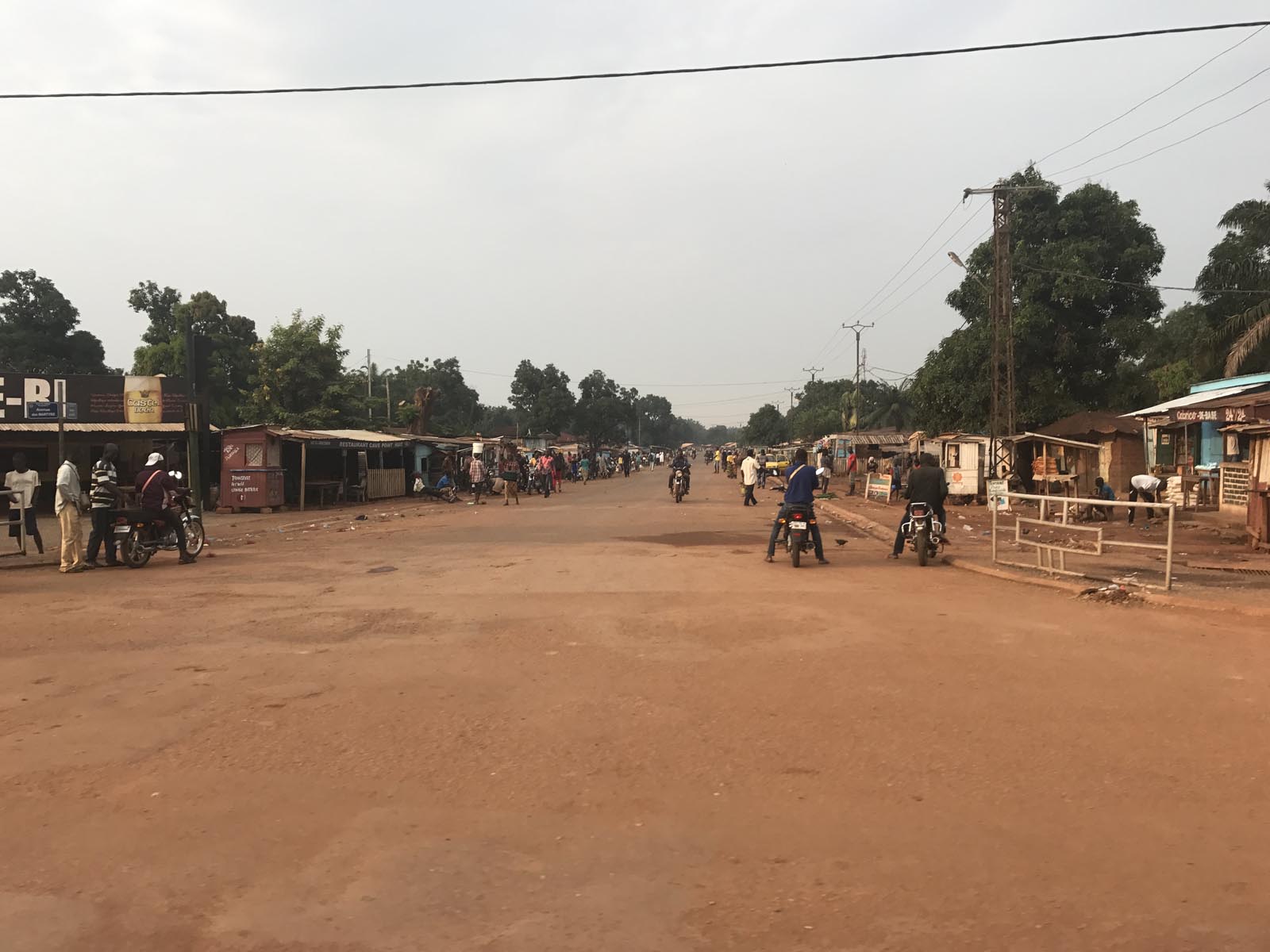


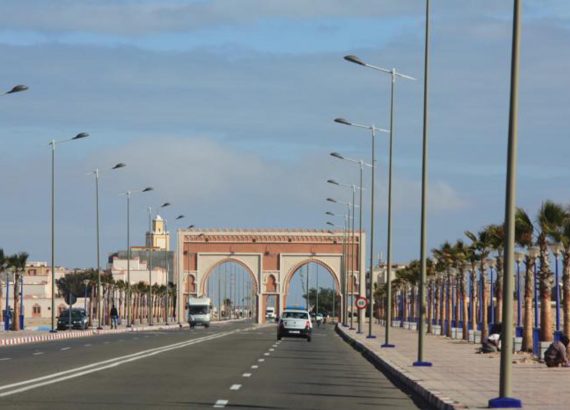
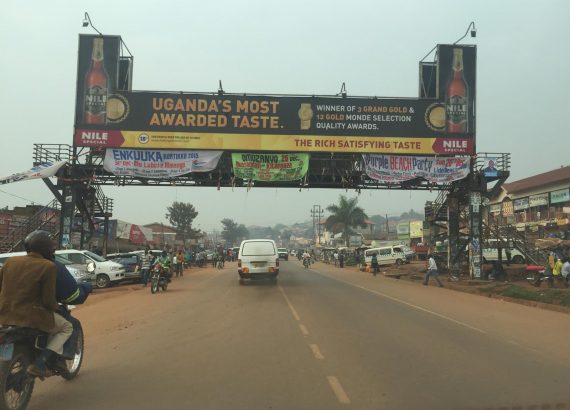
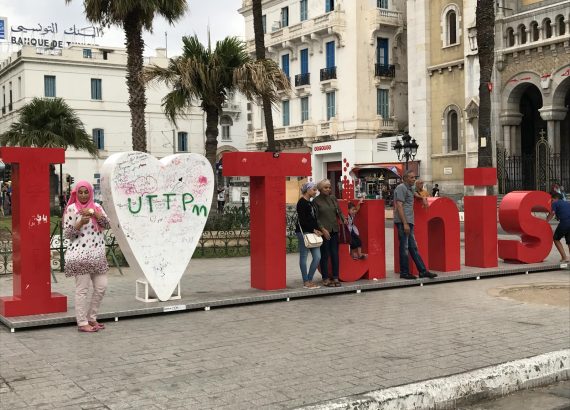
No Comments